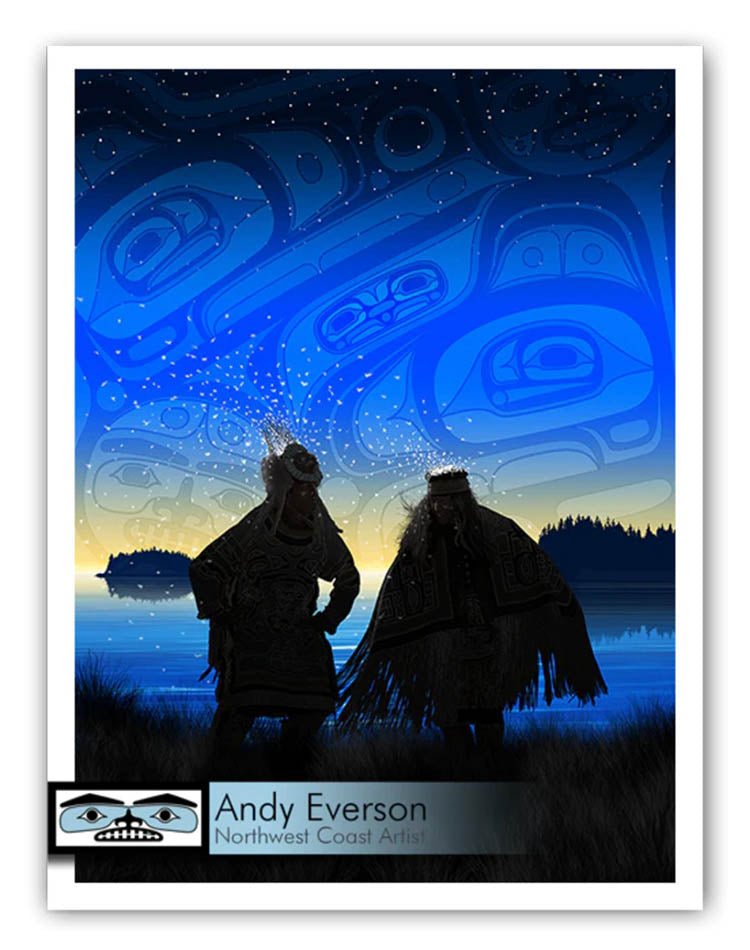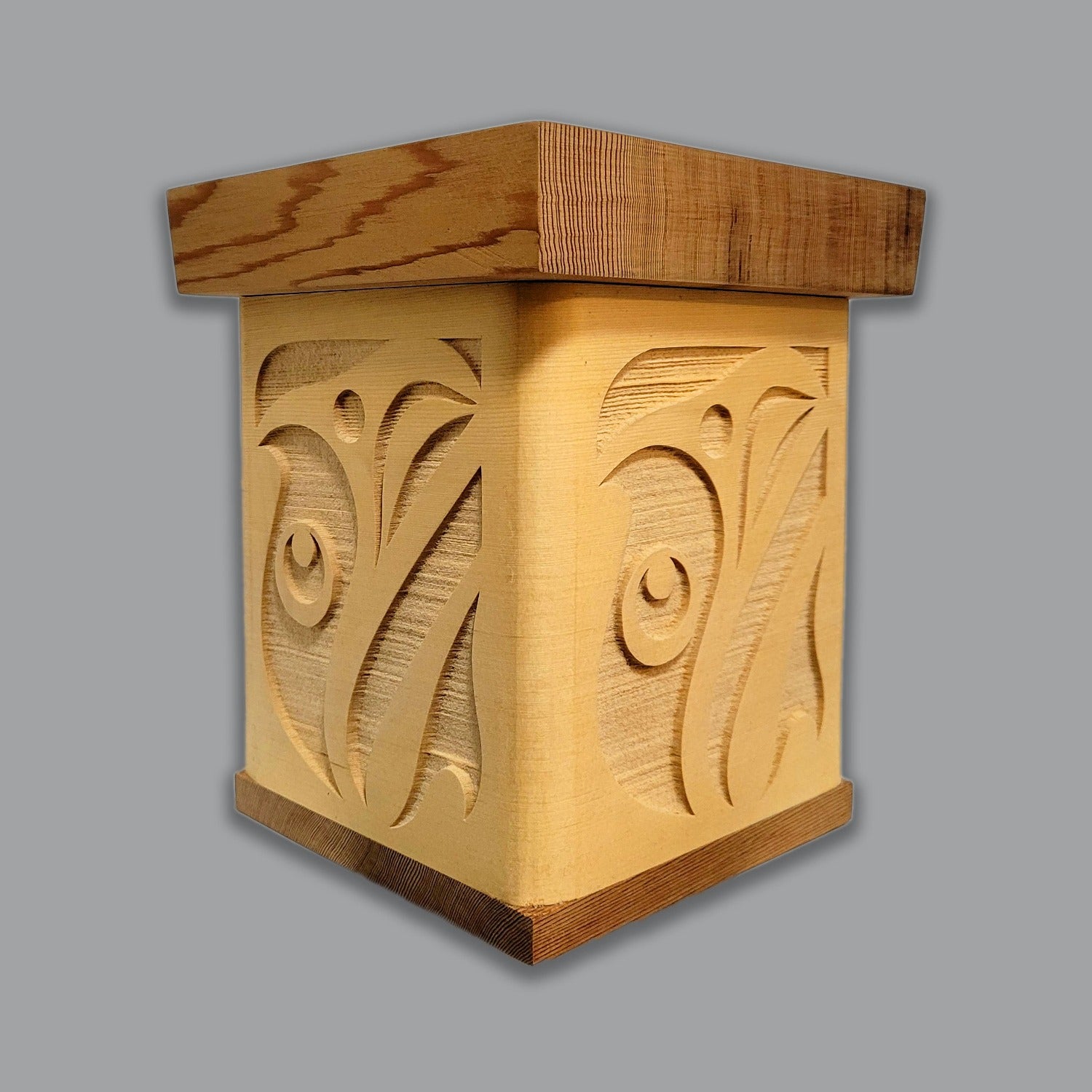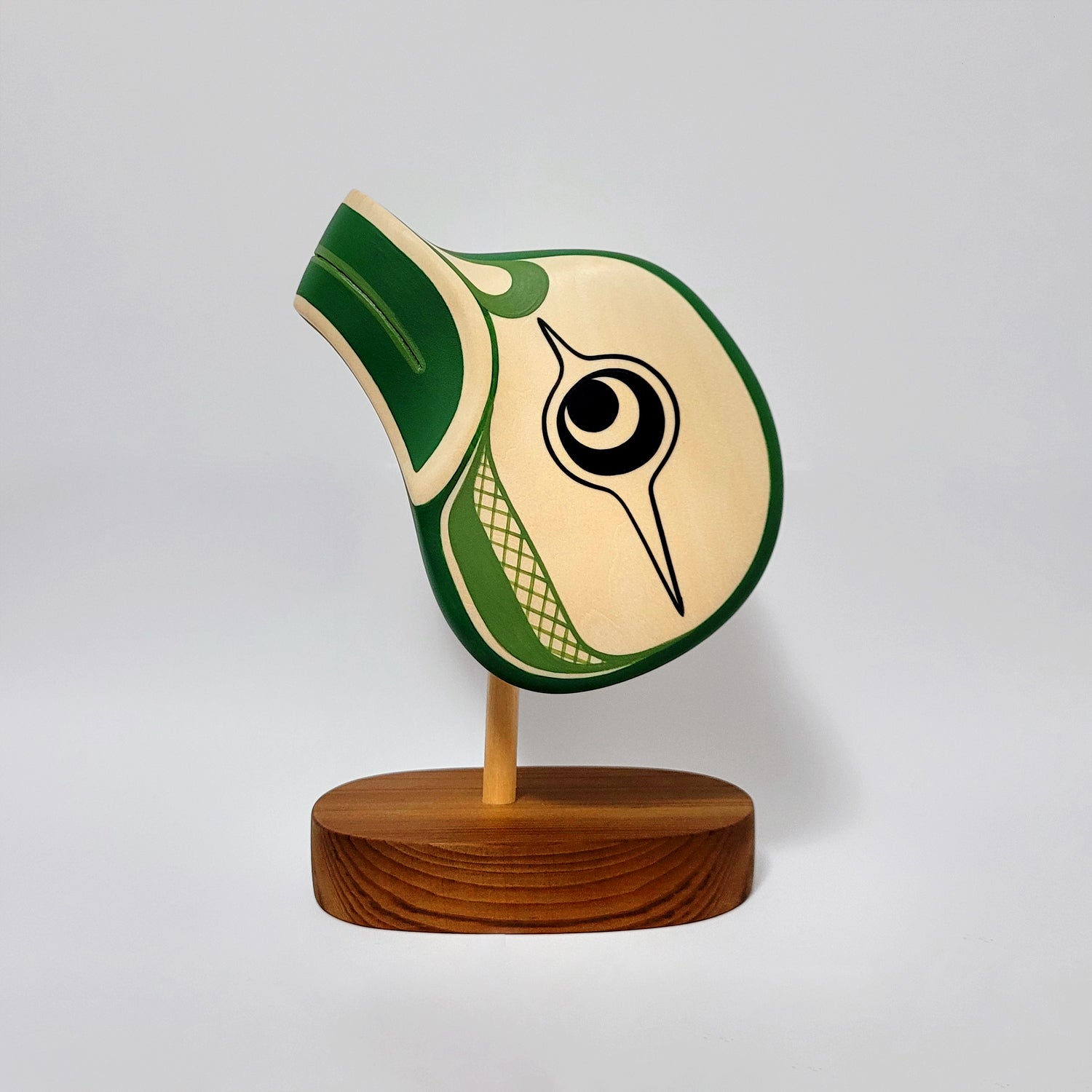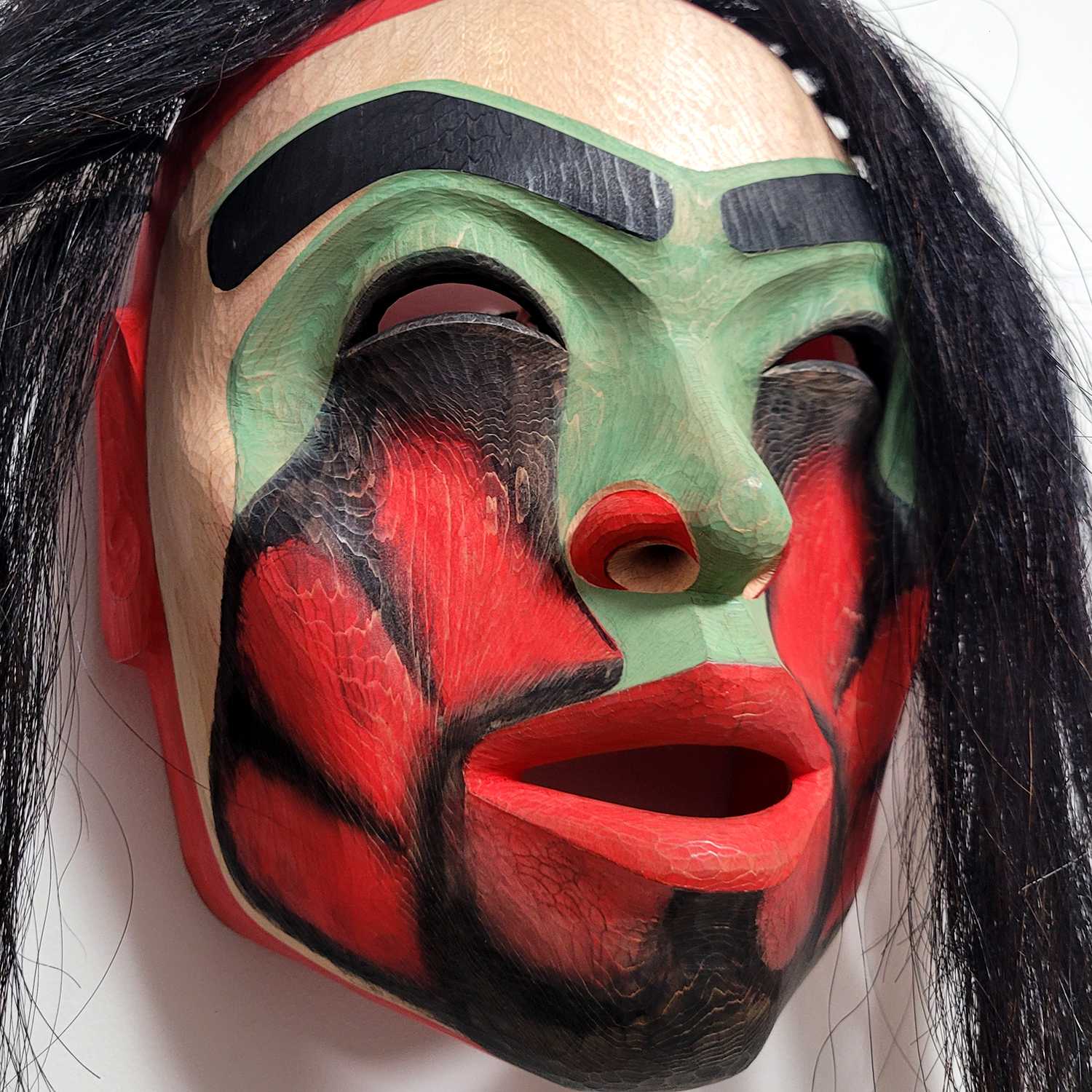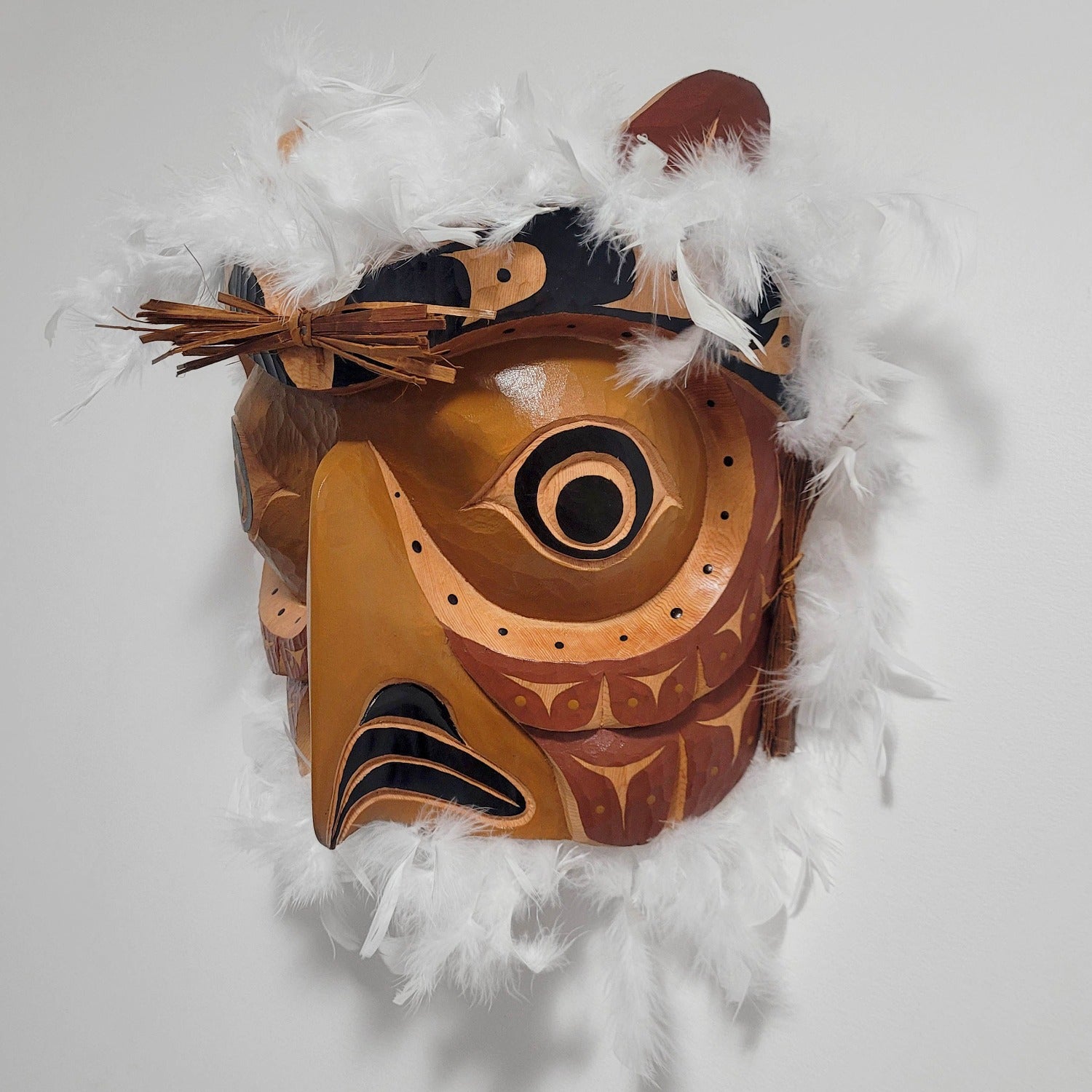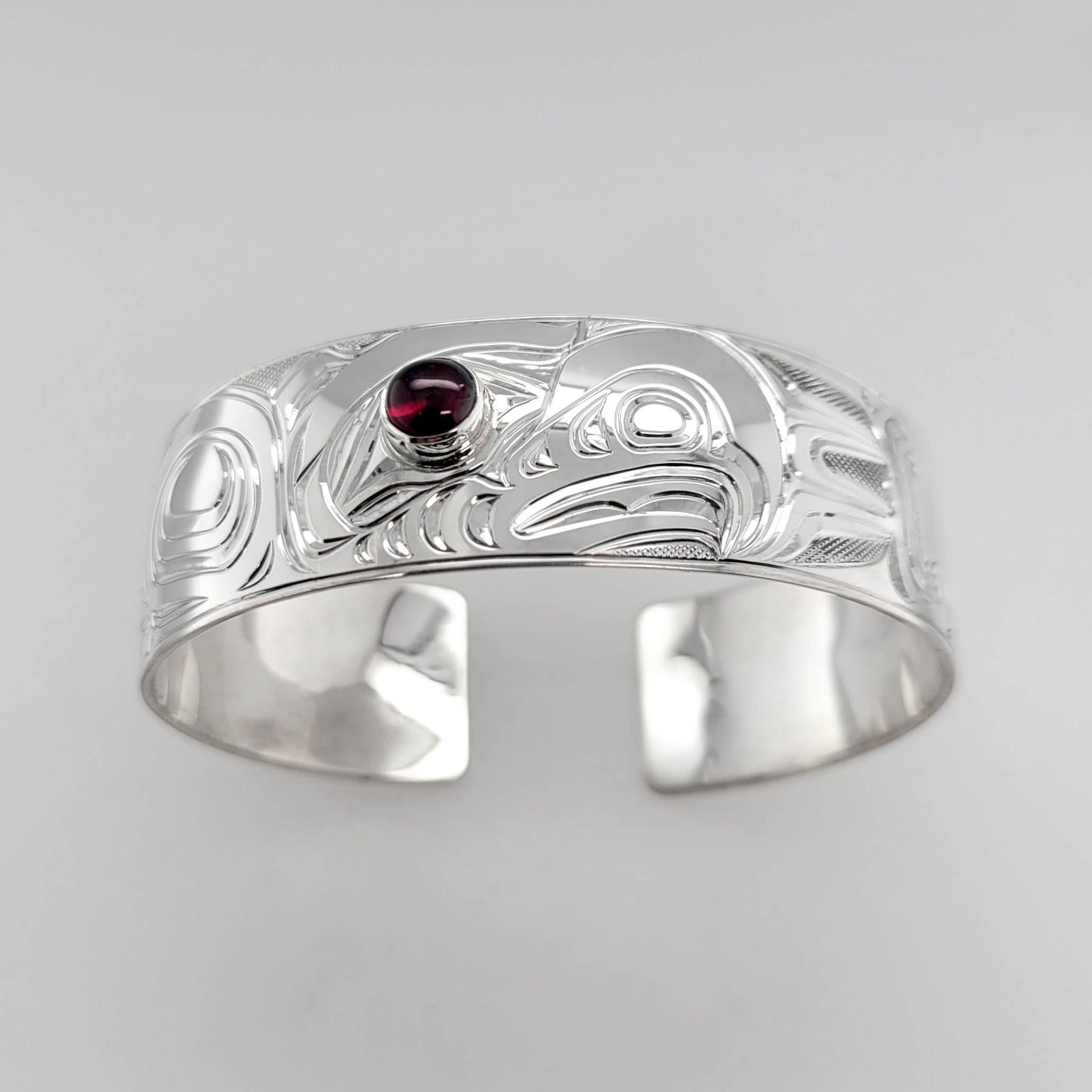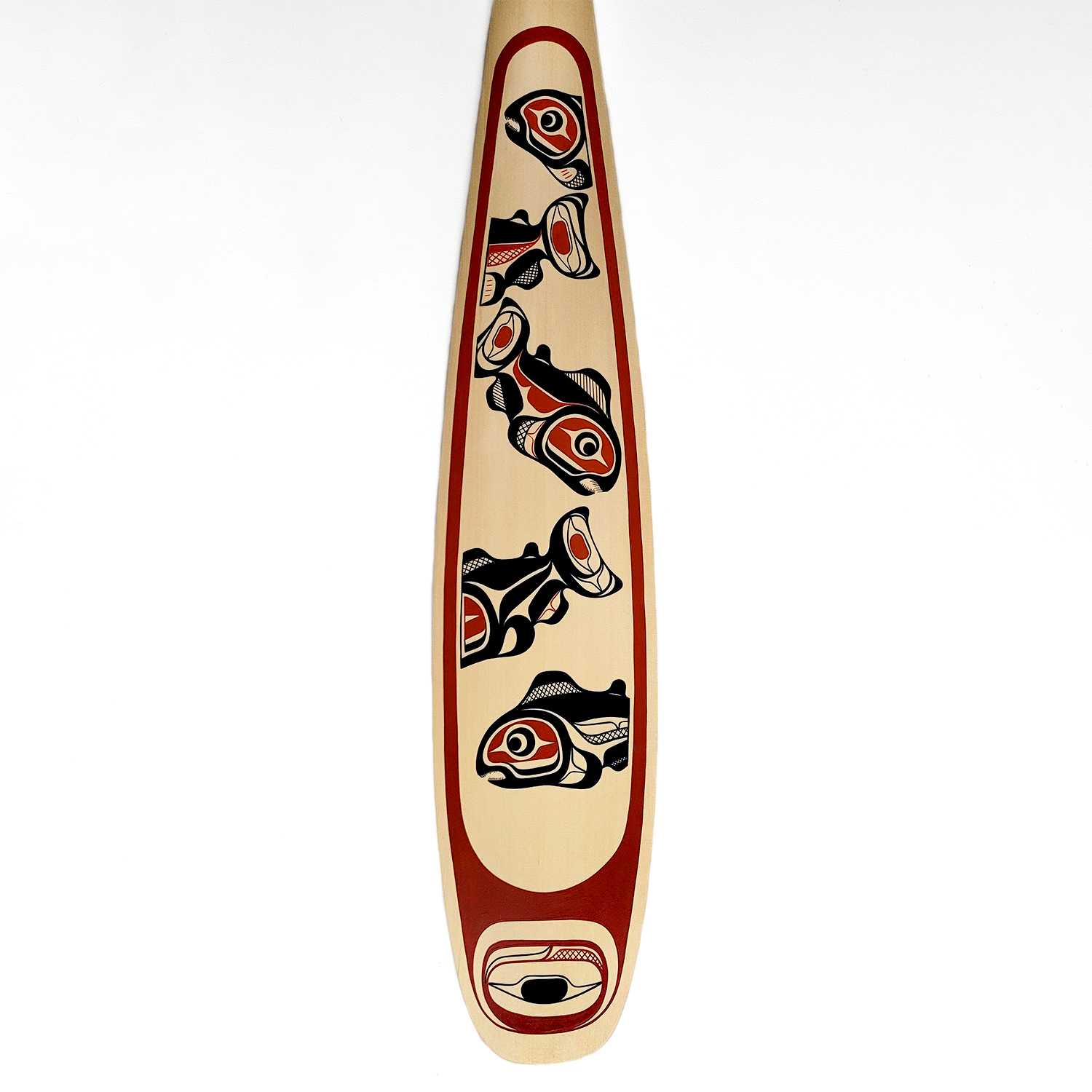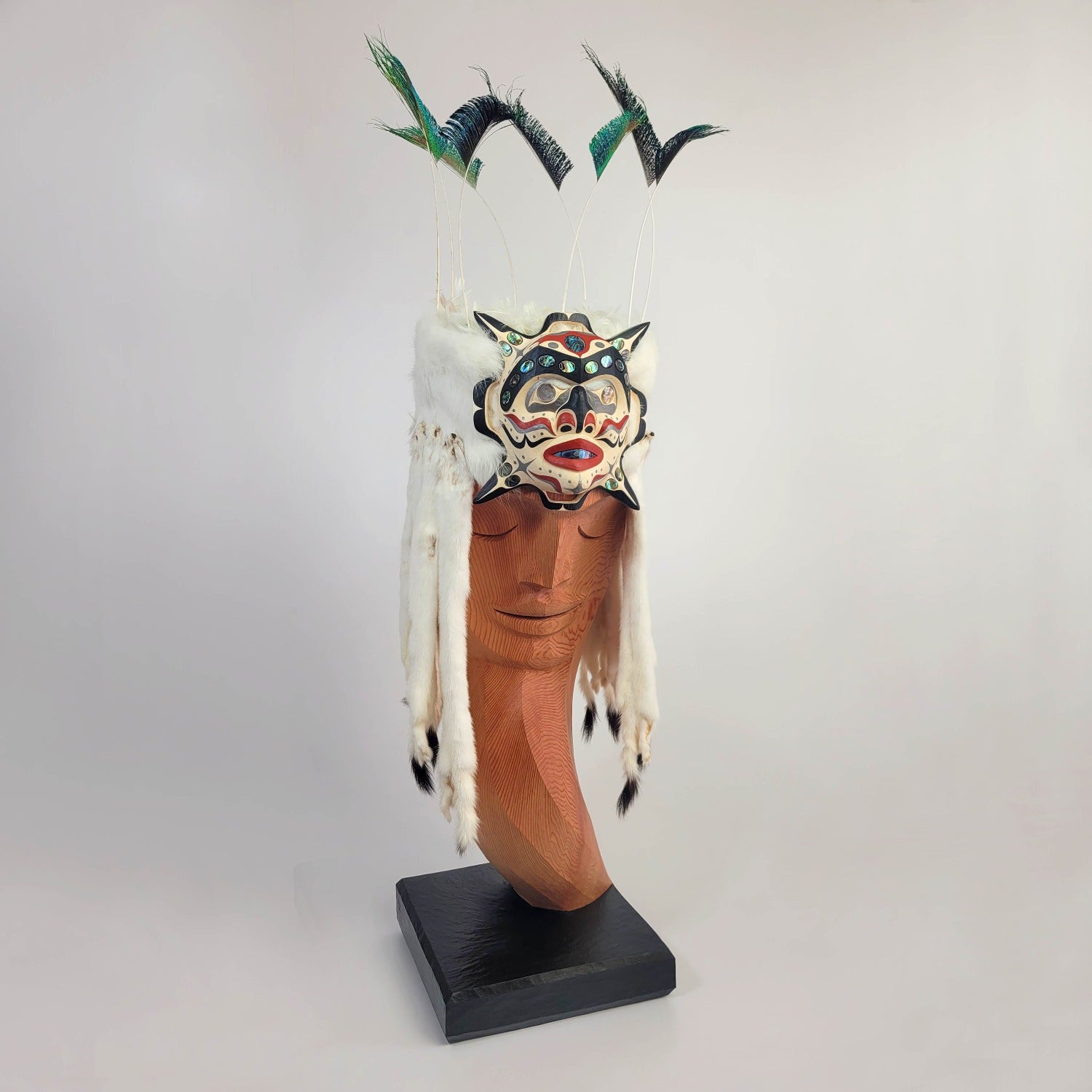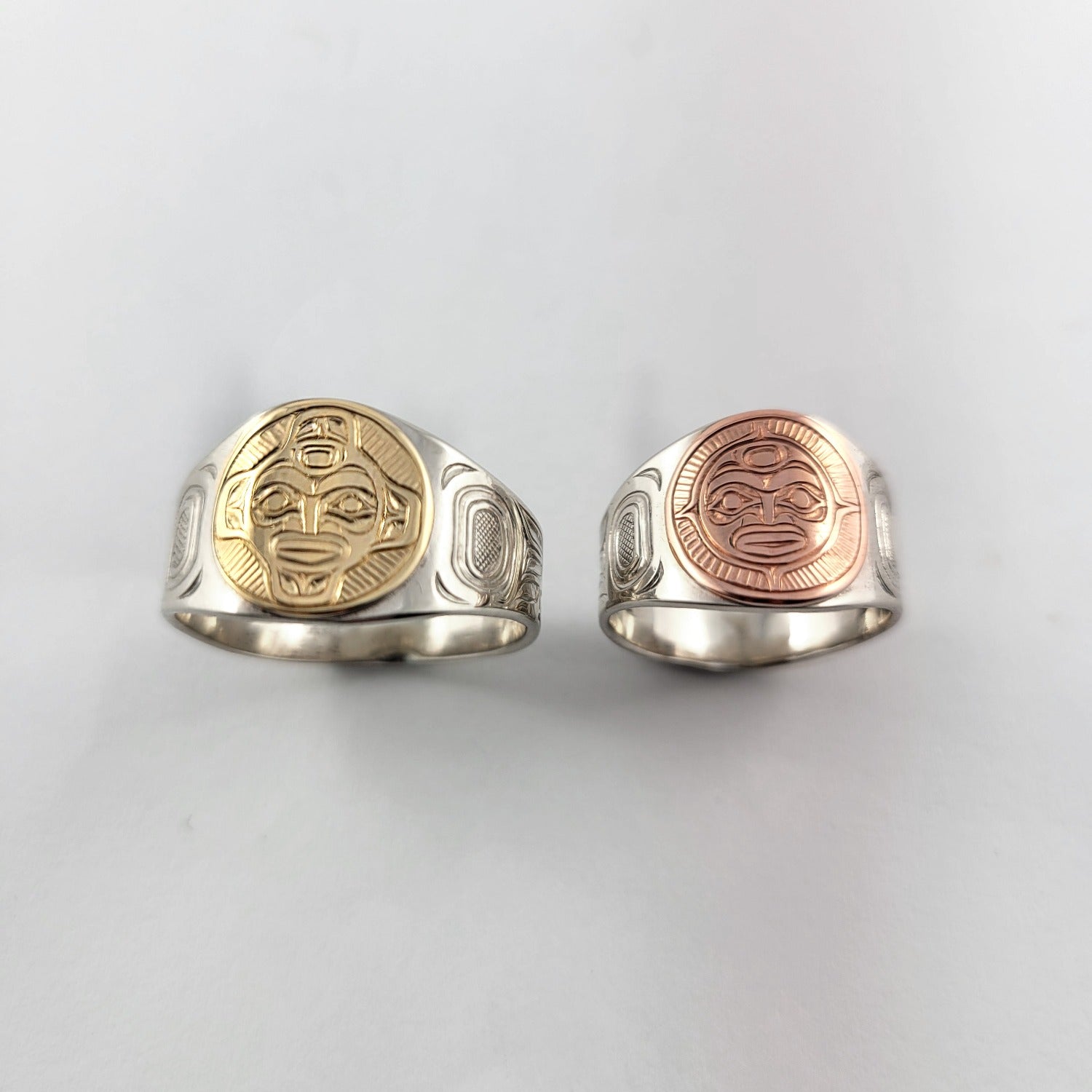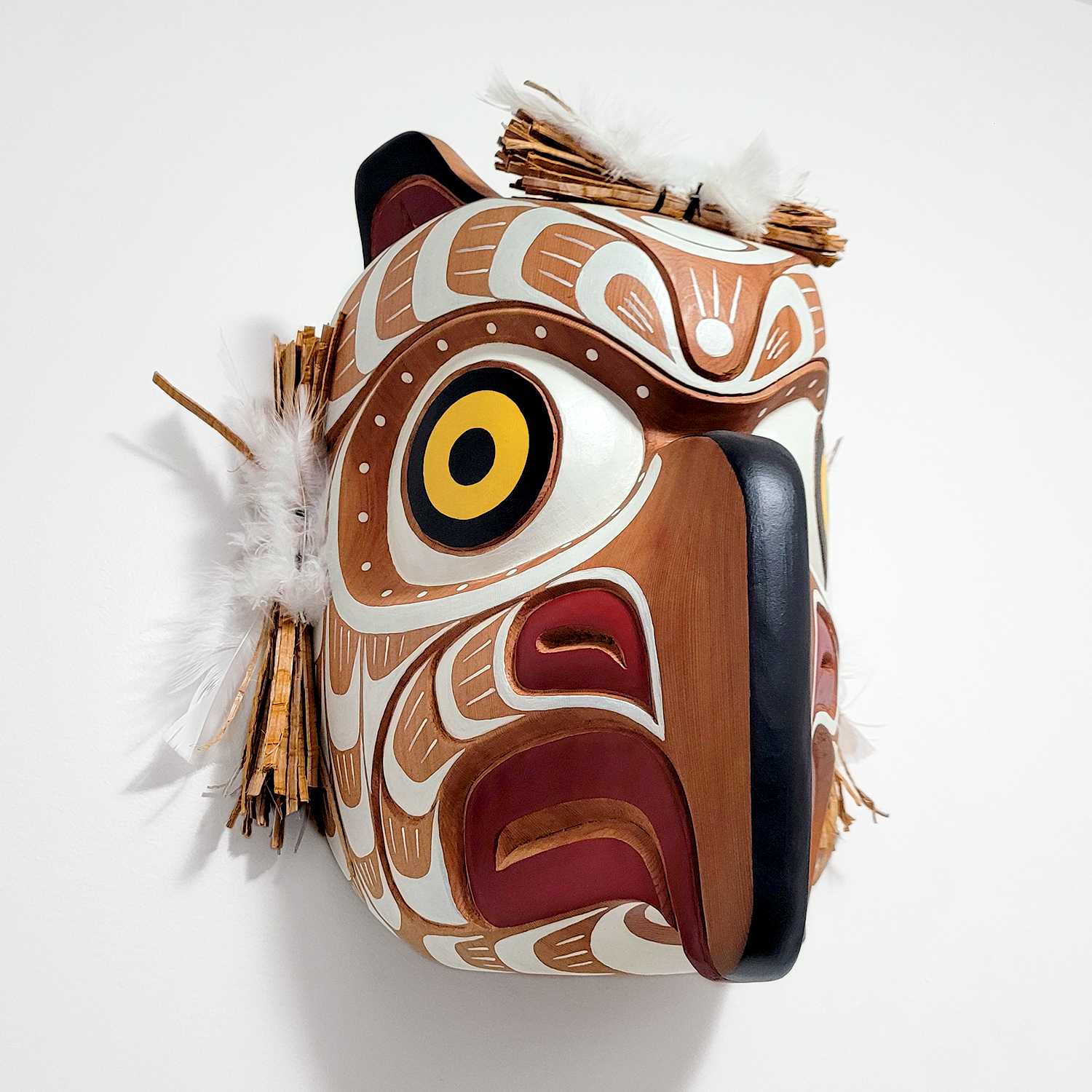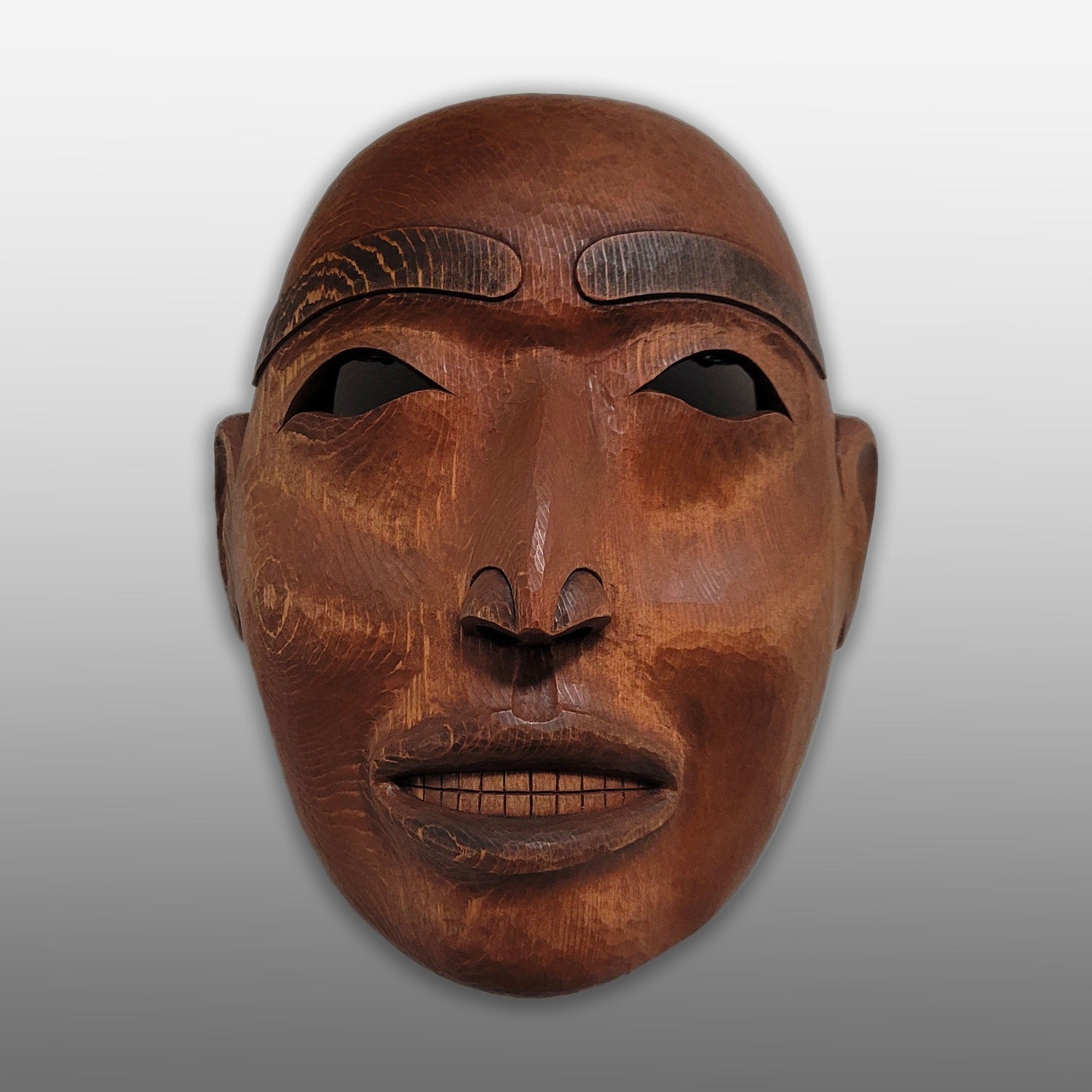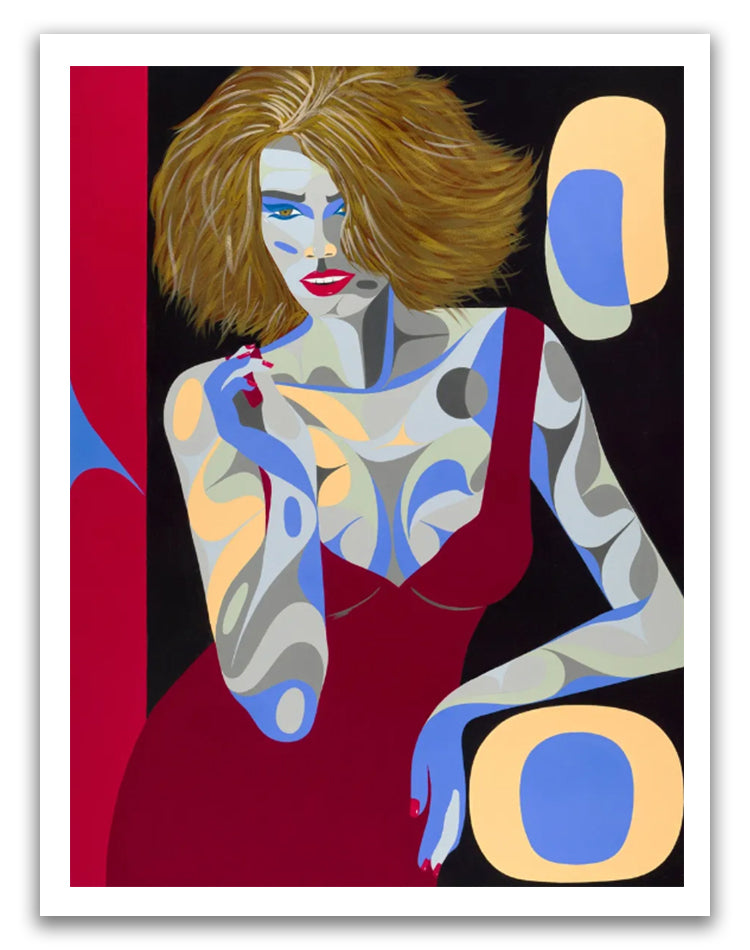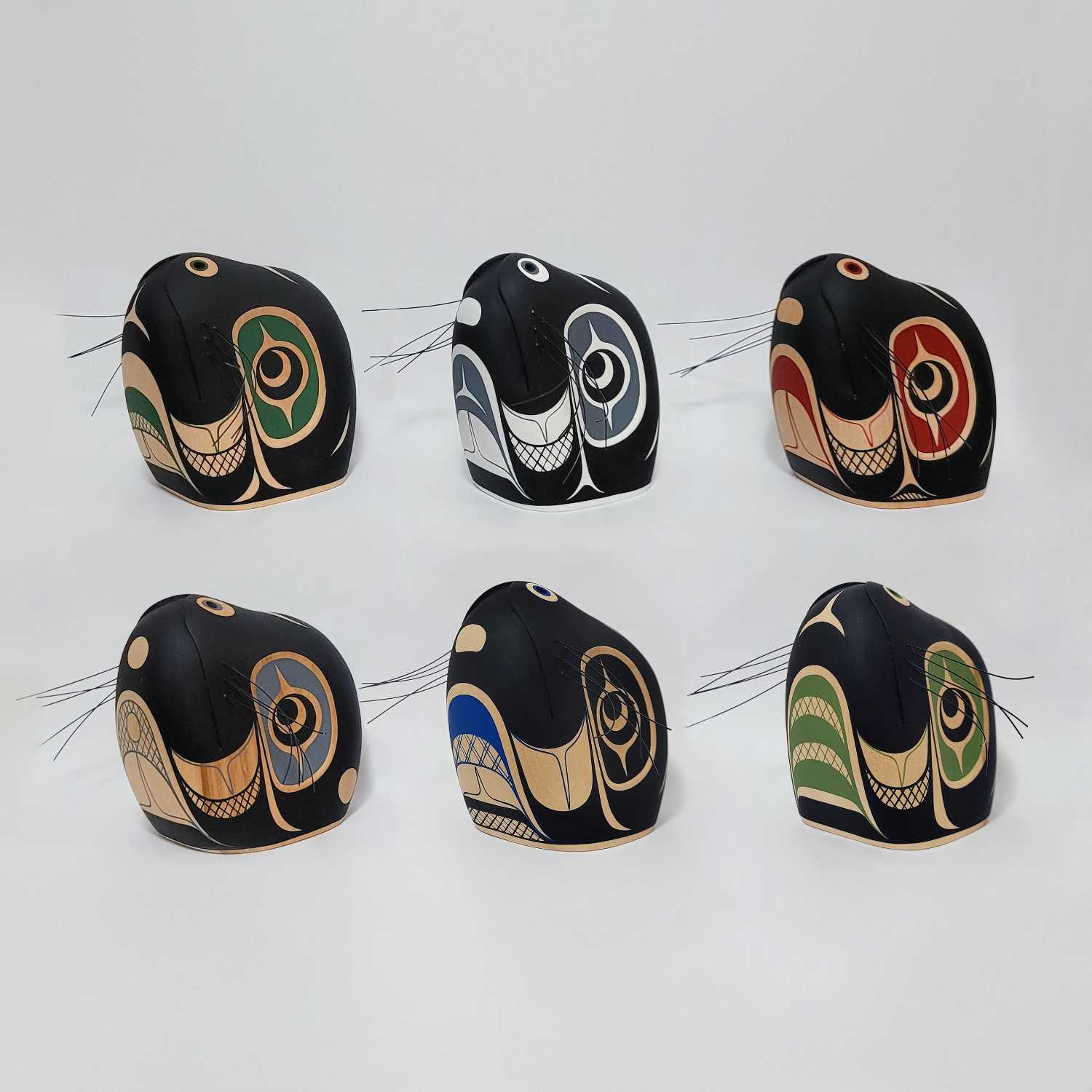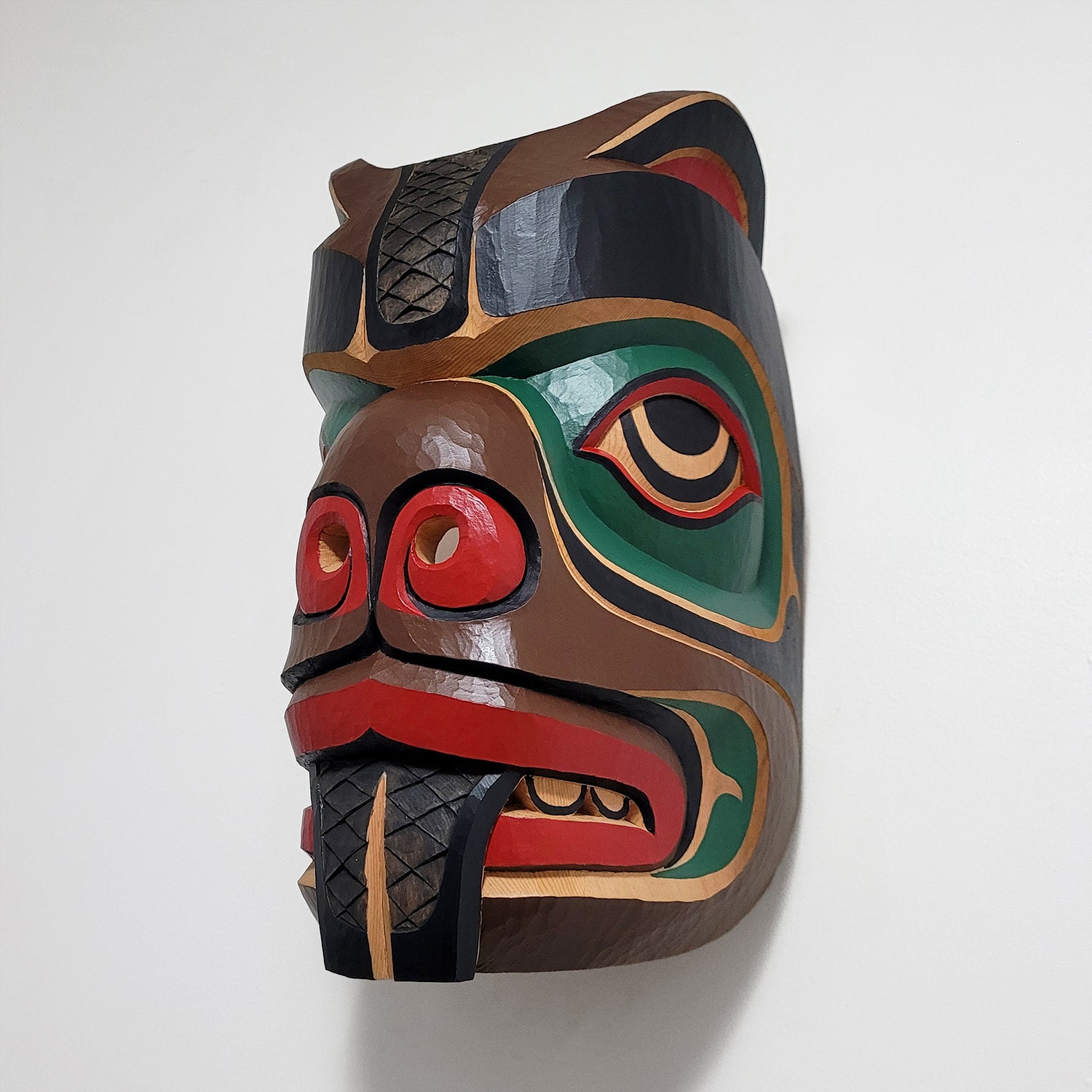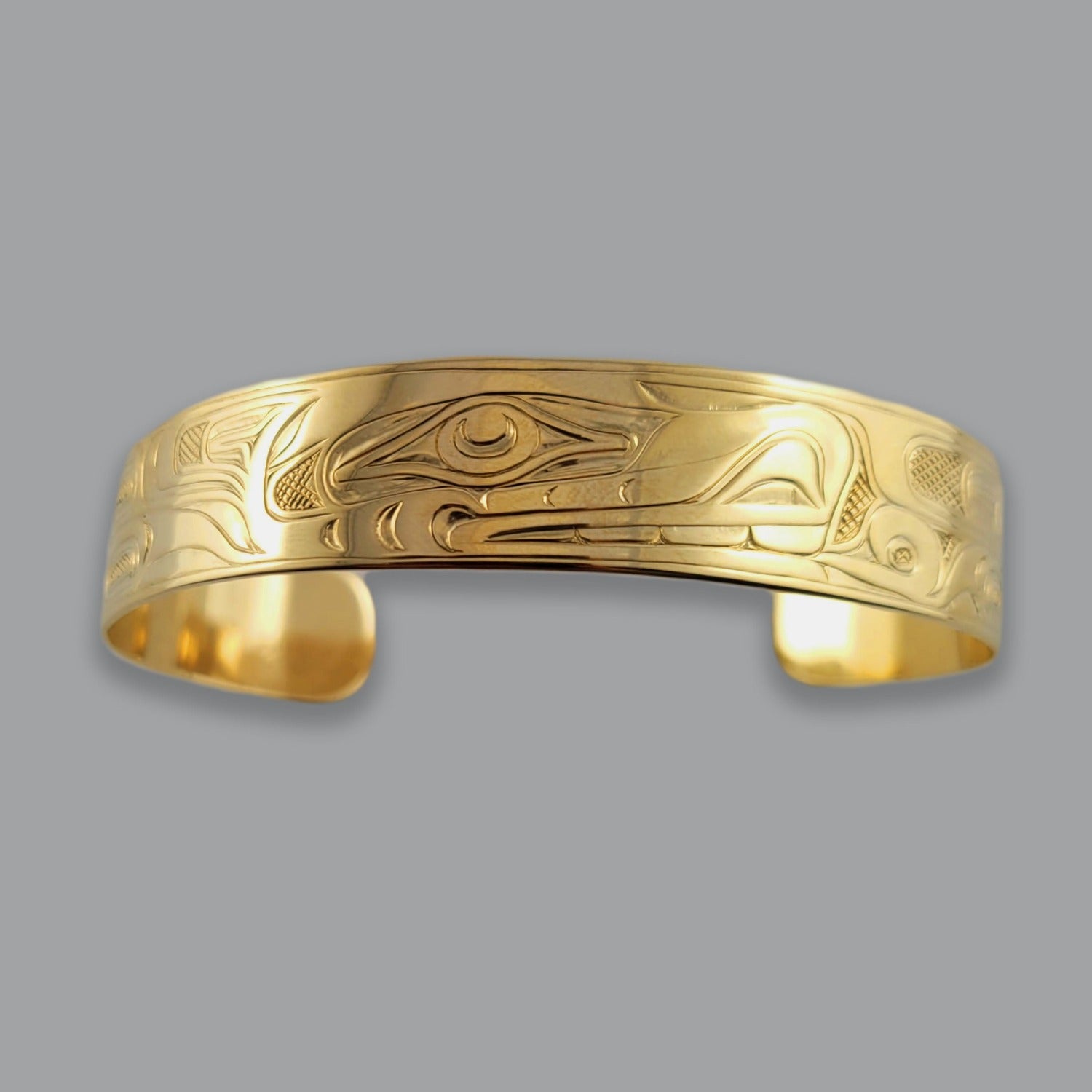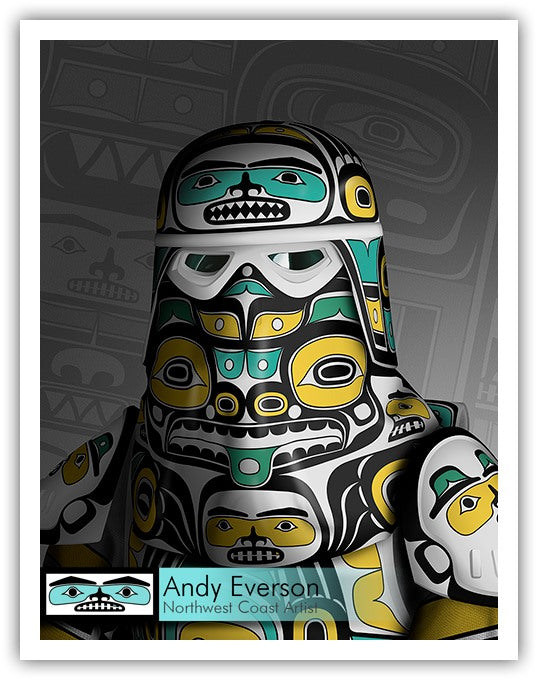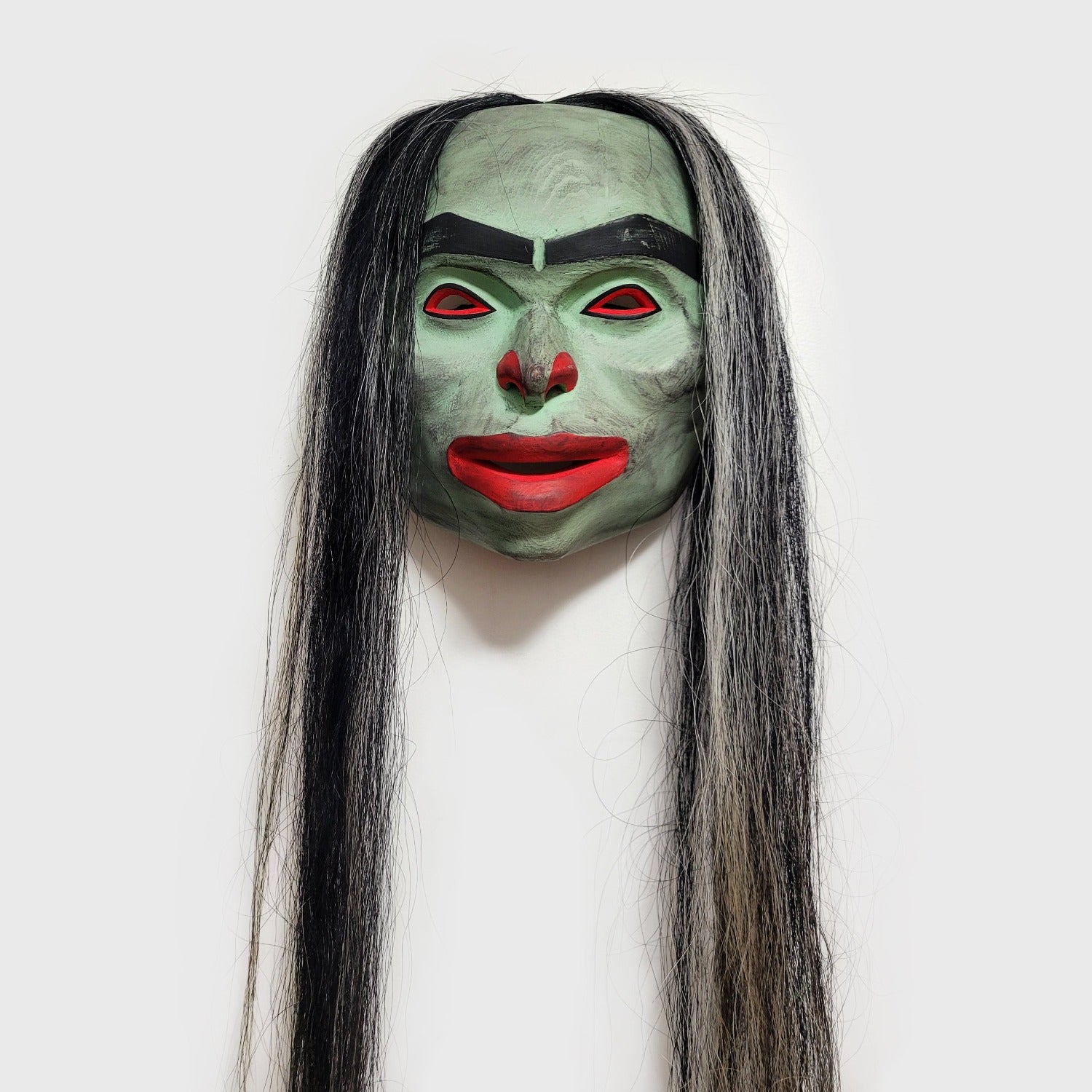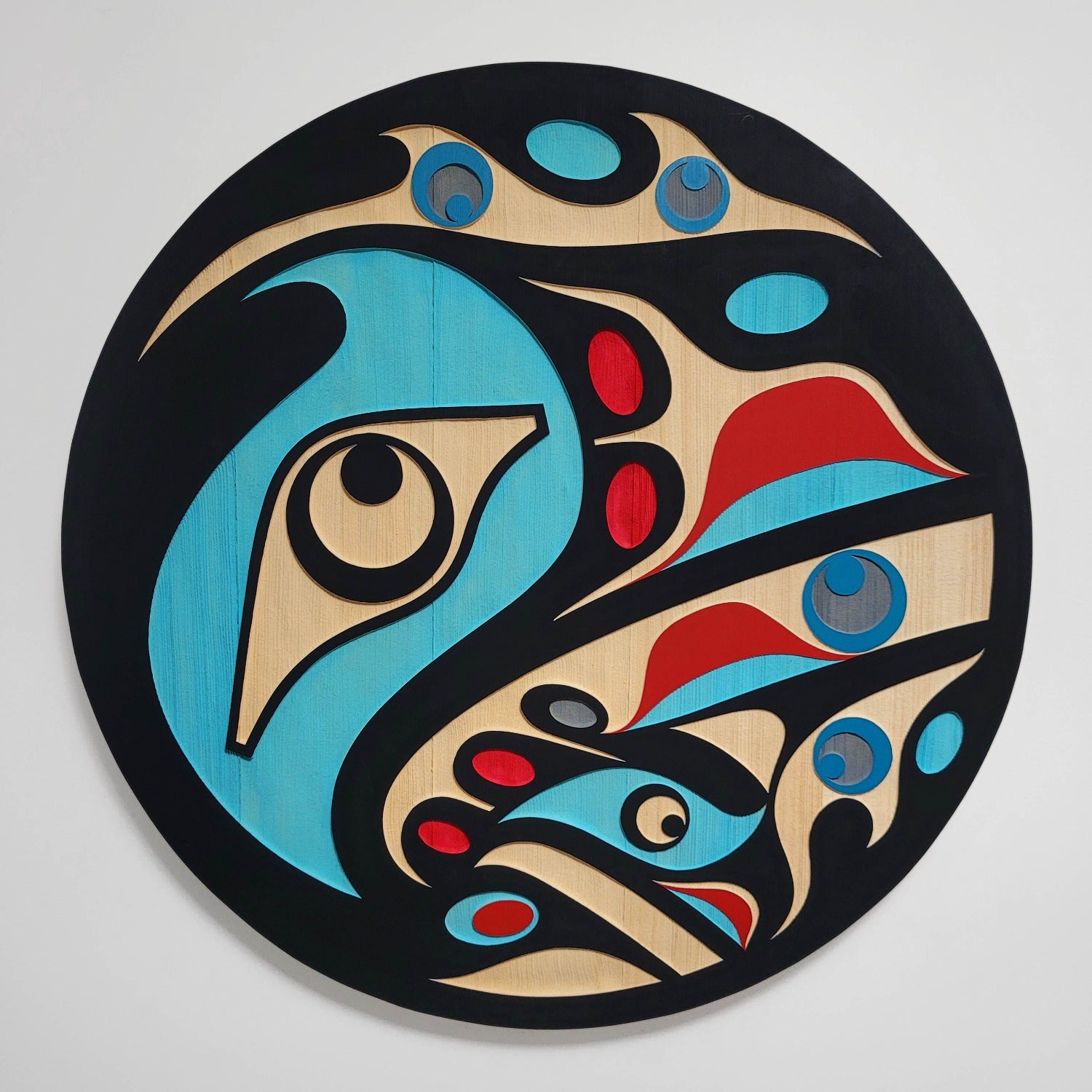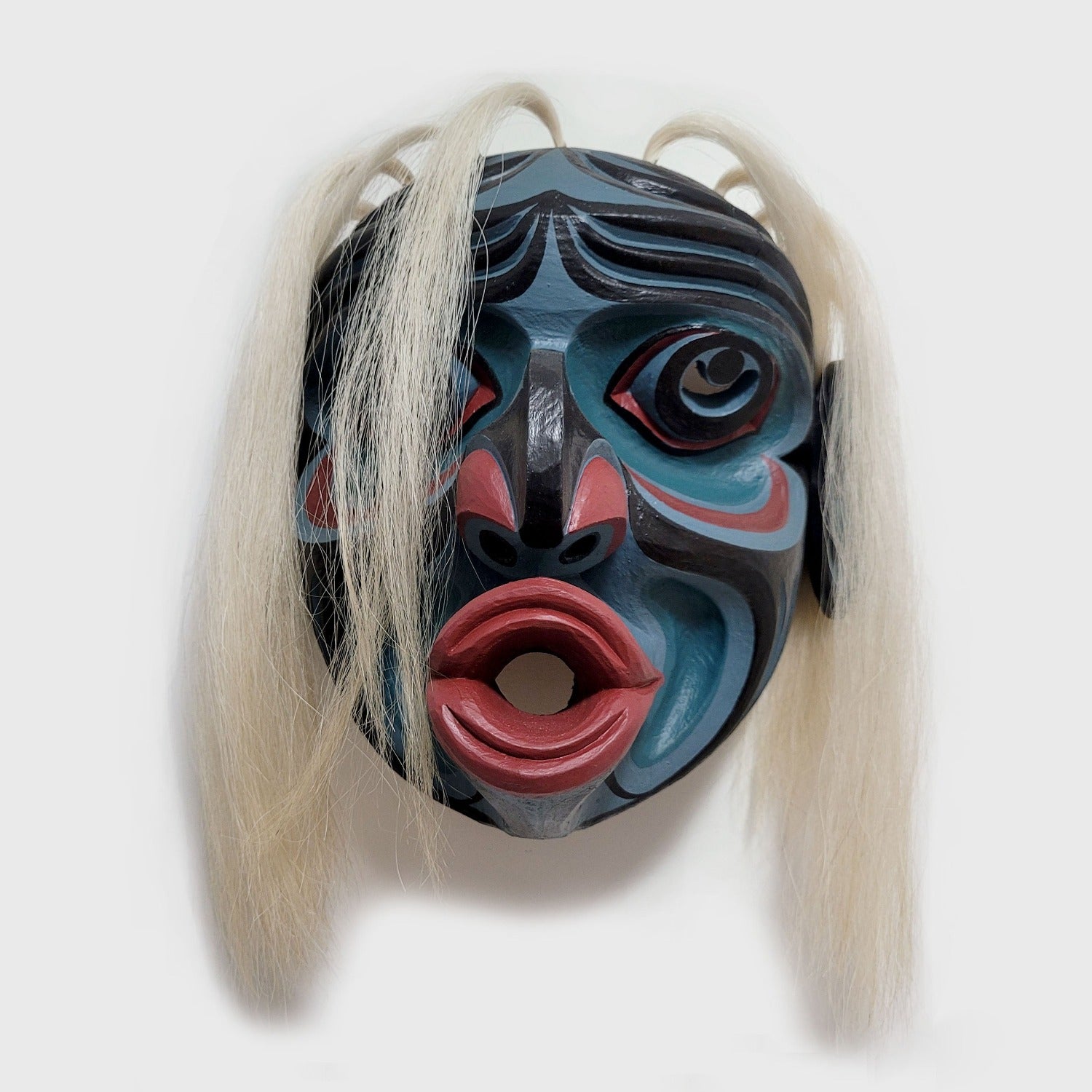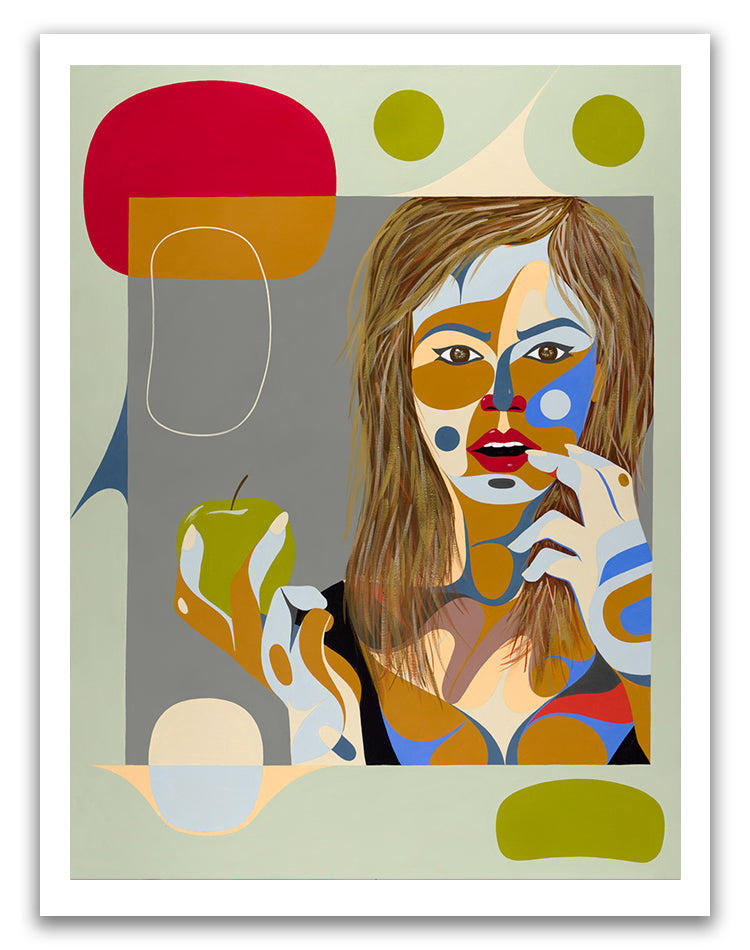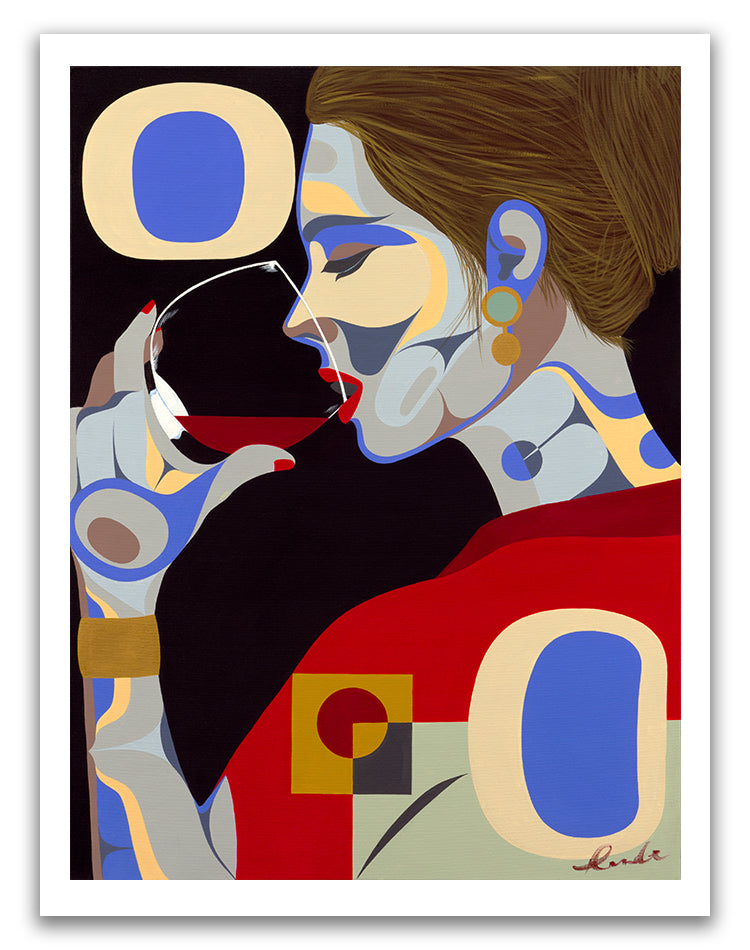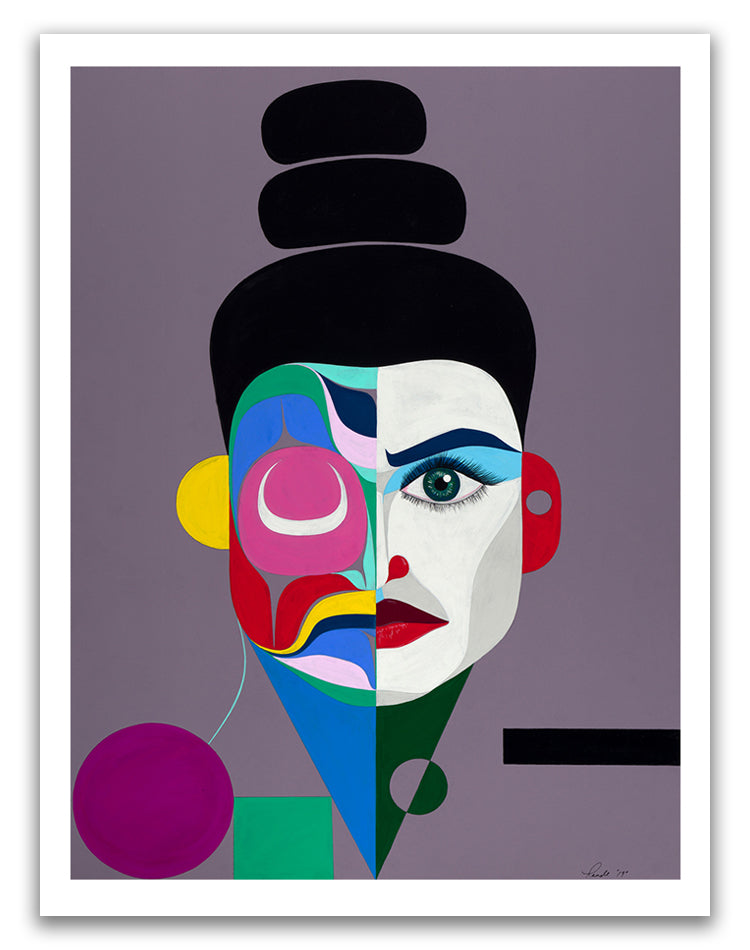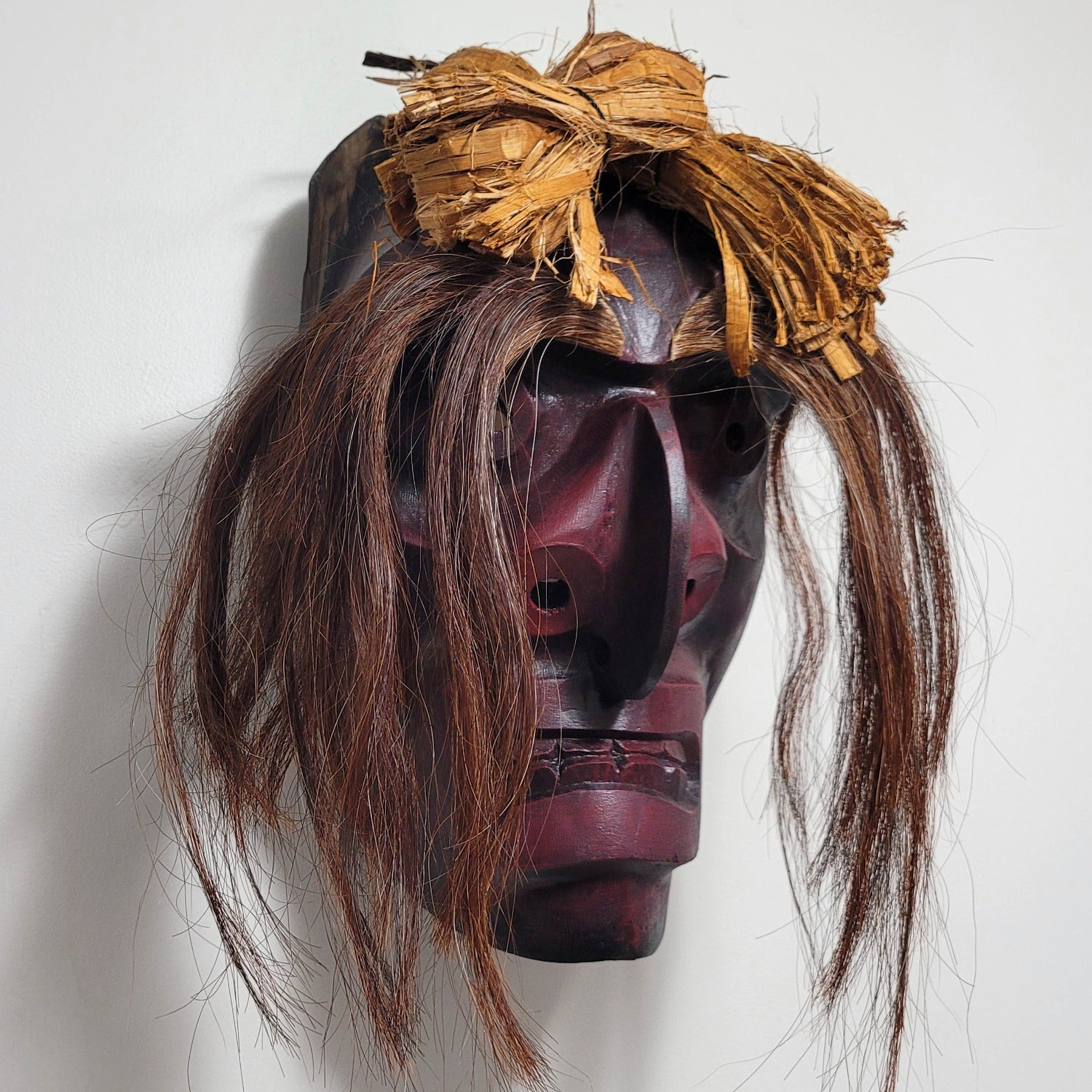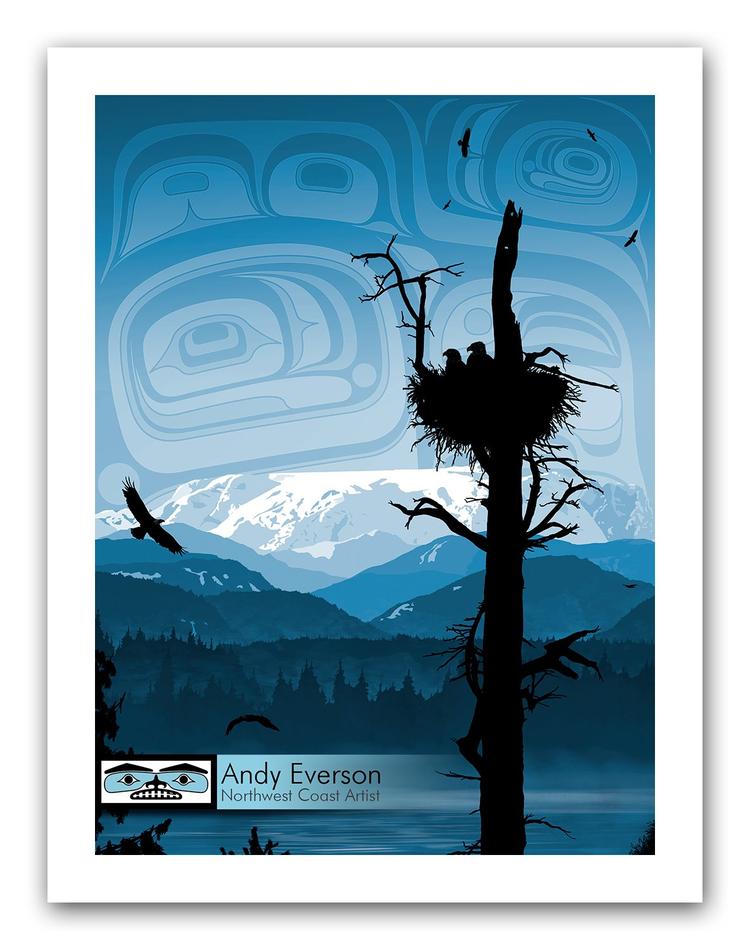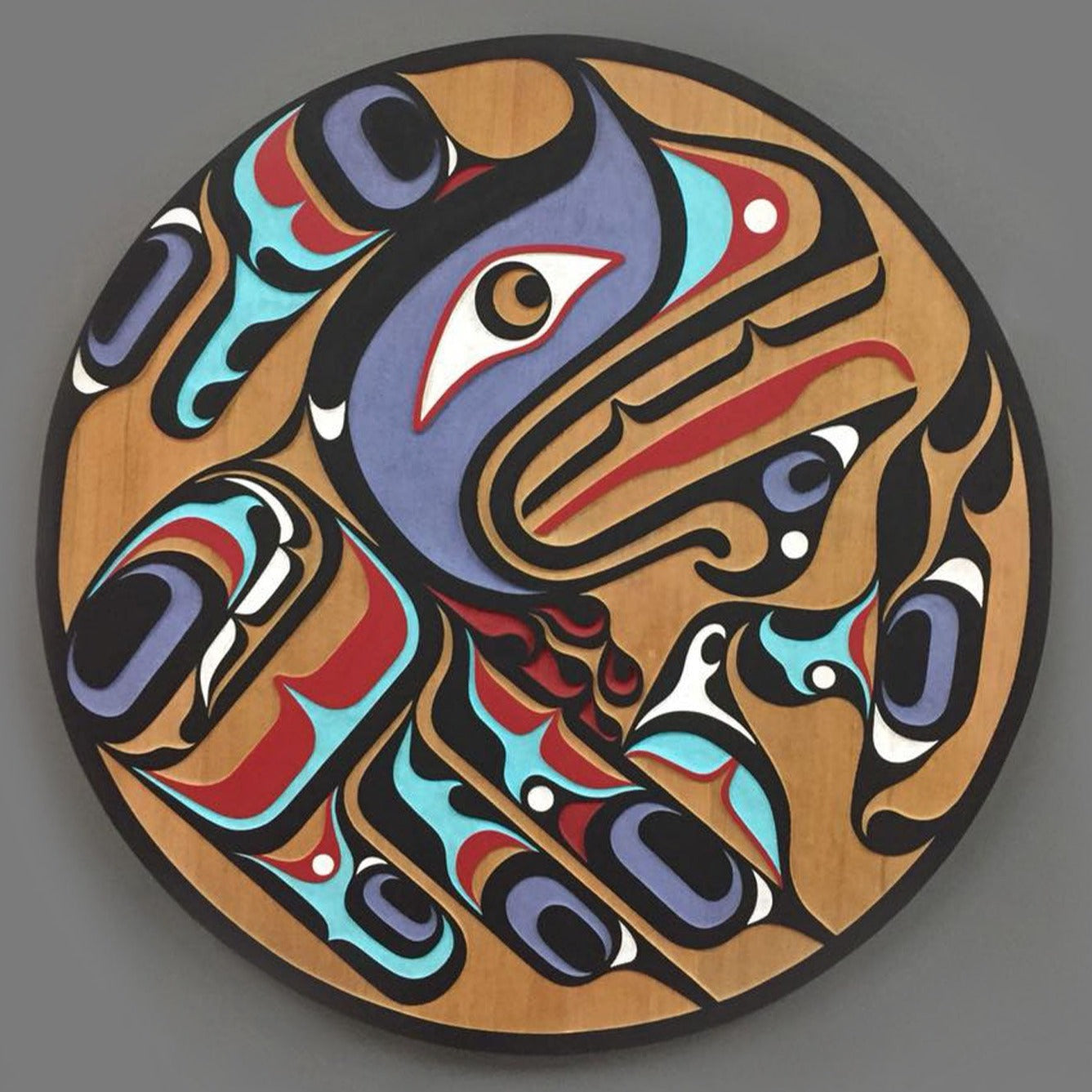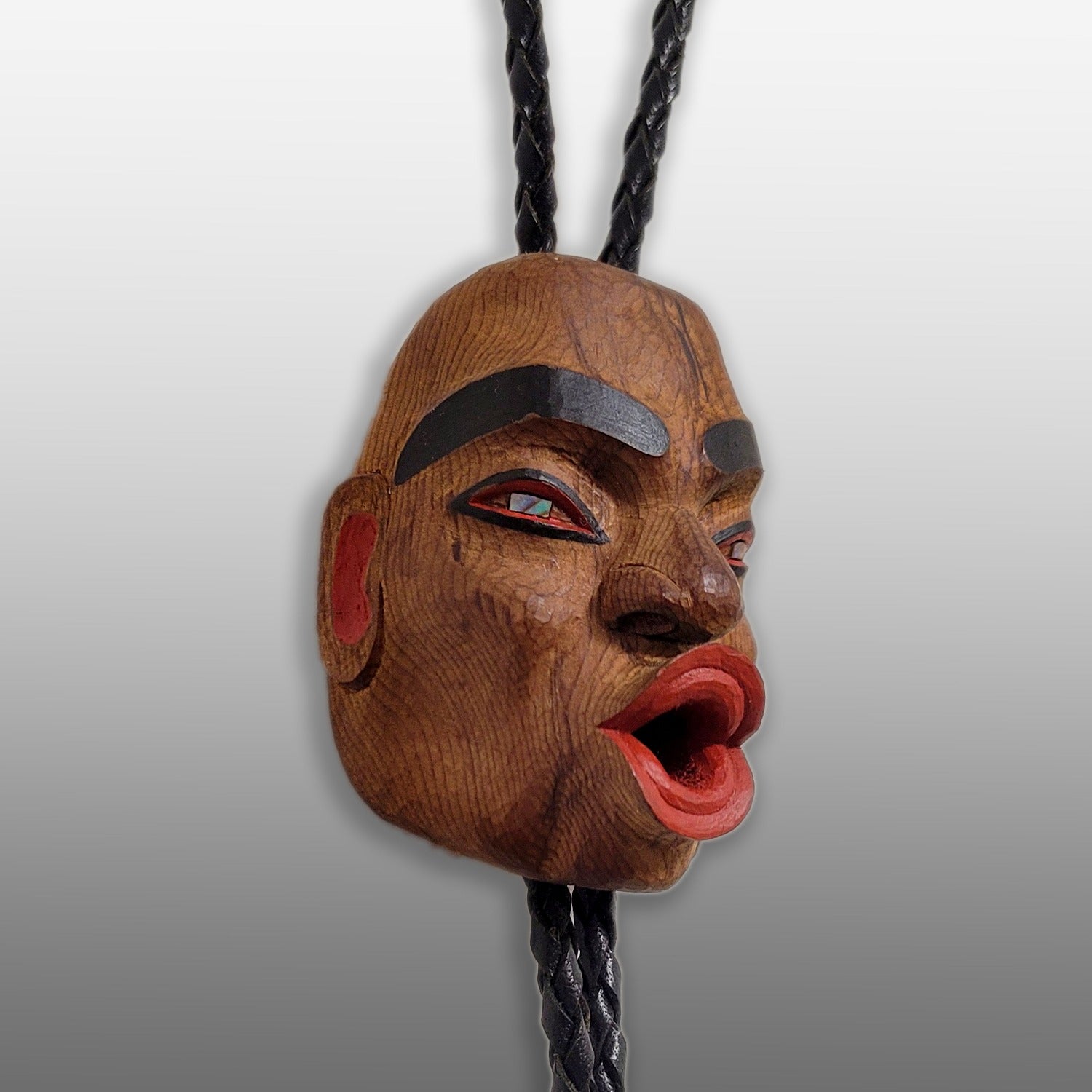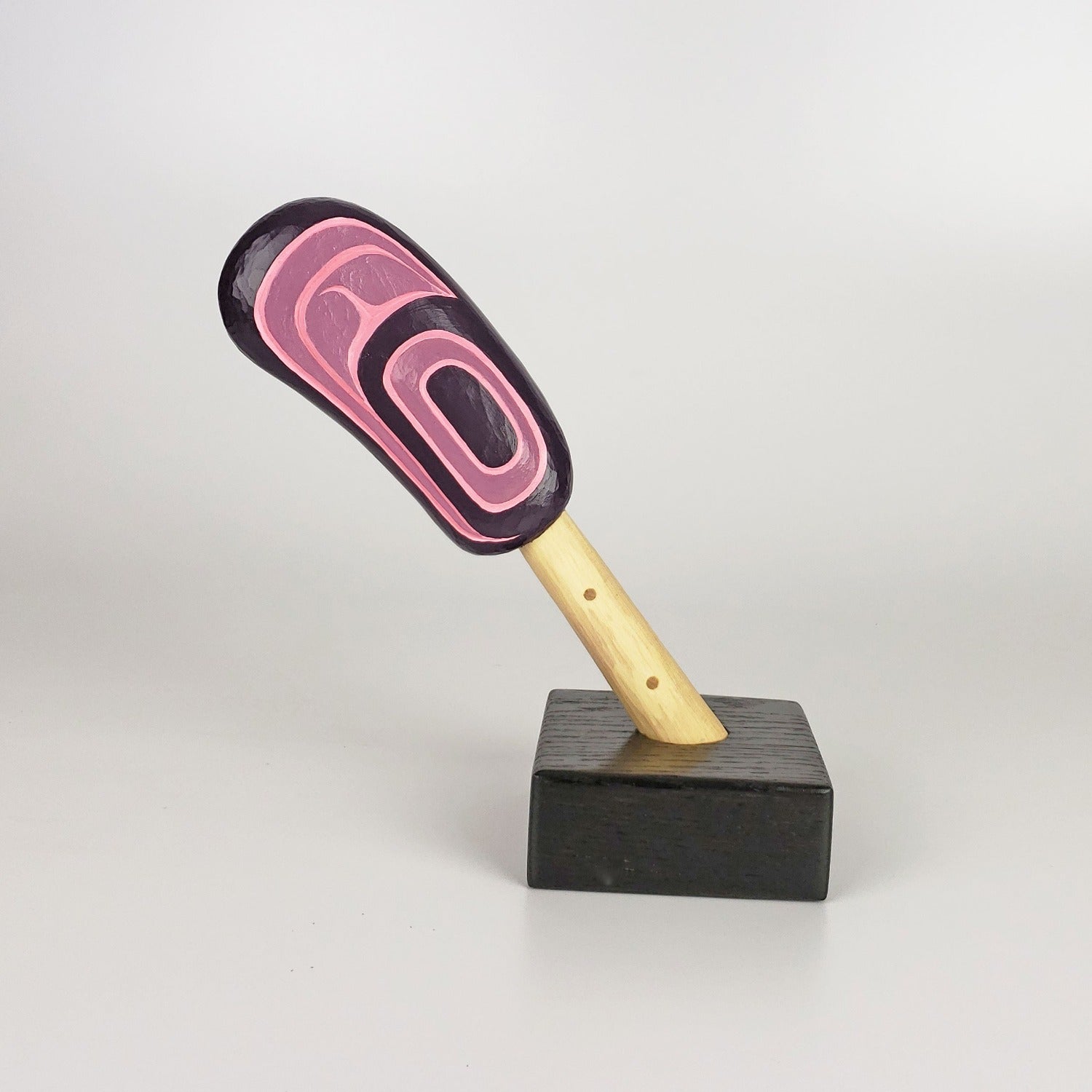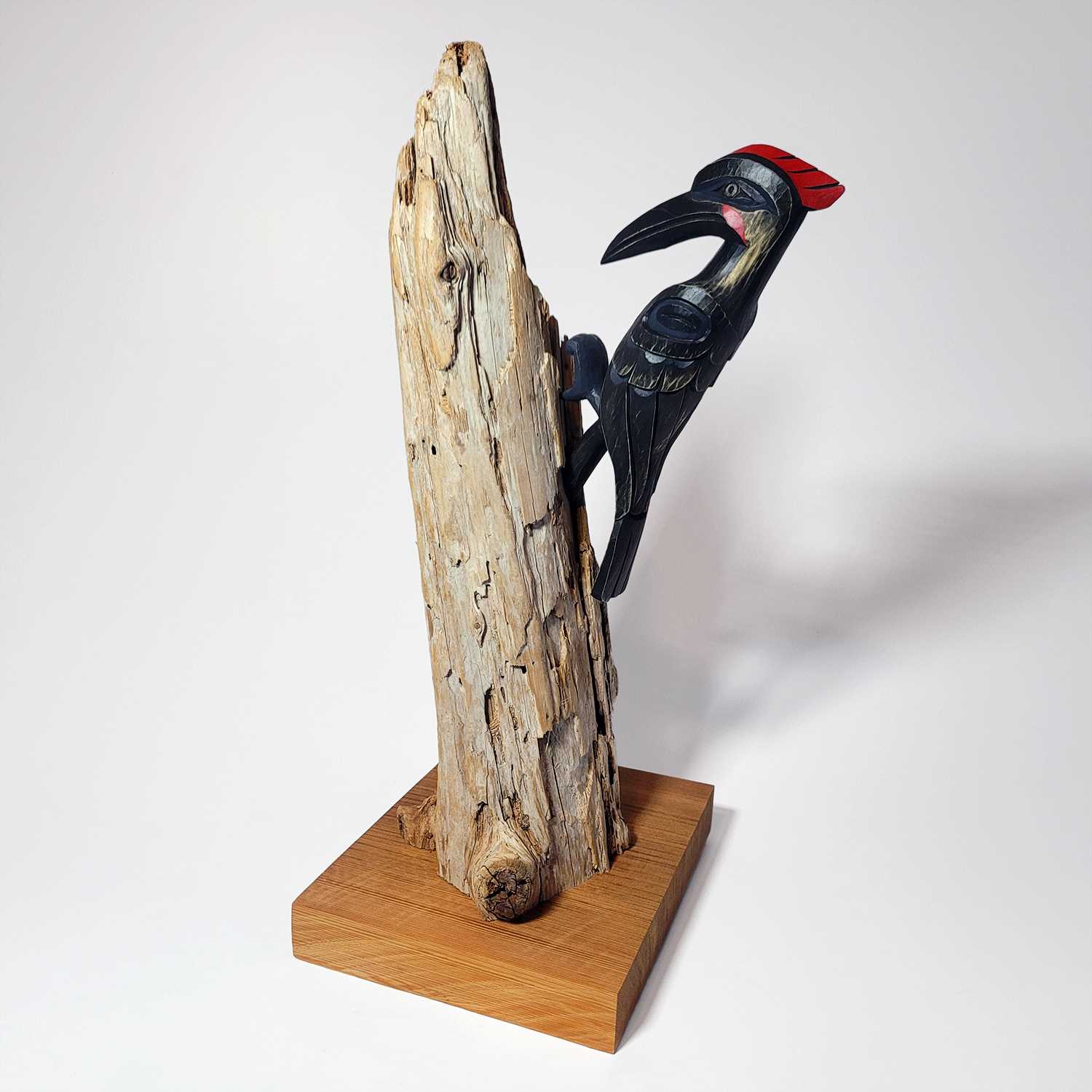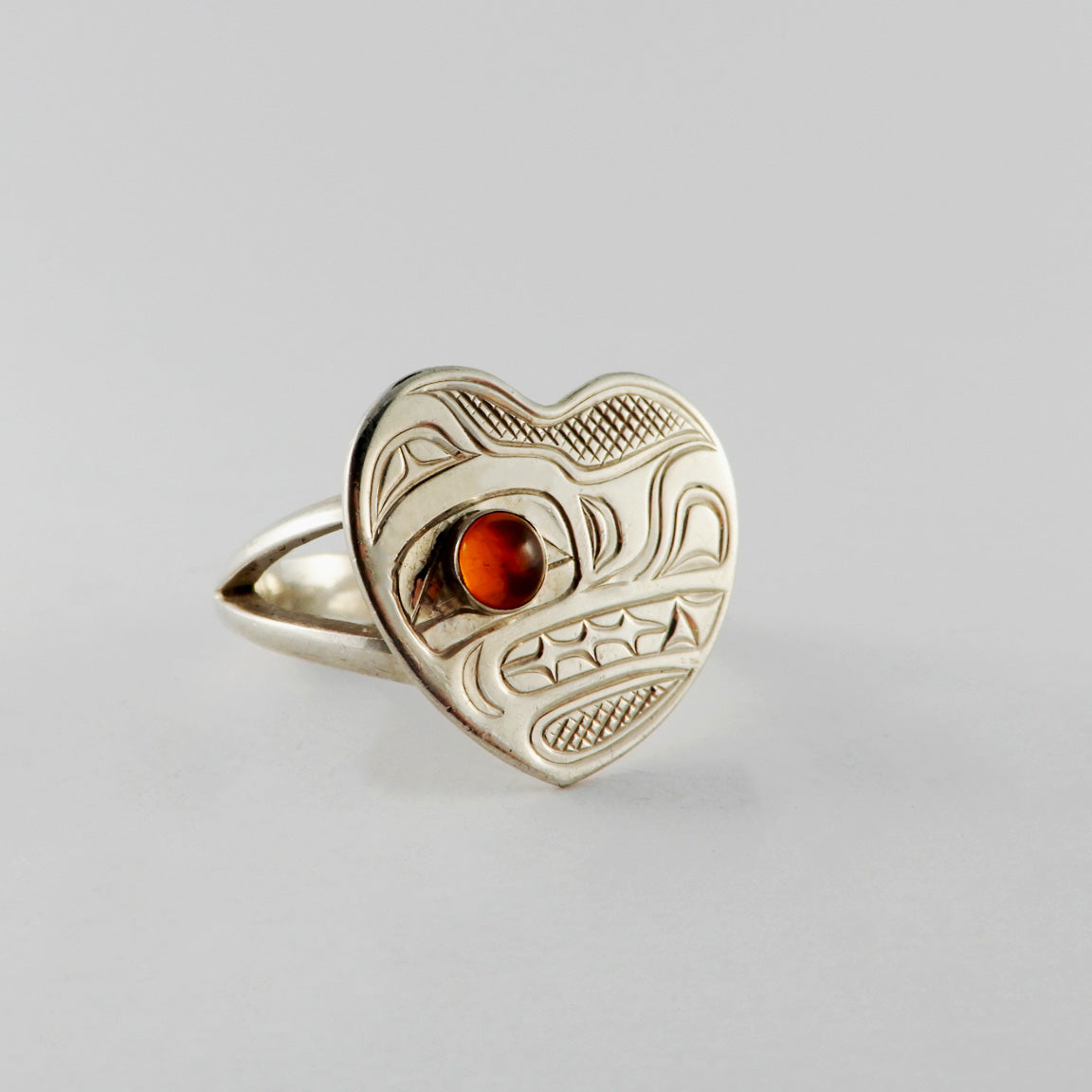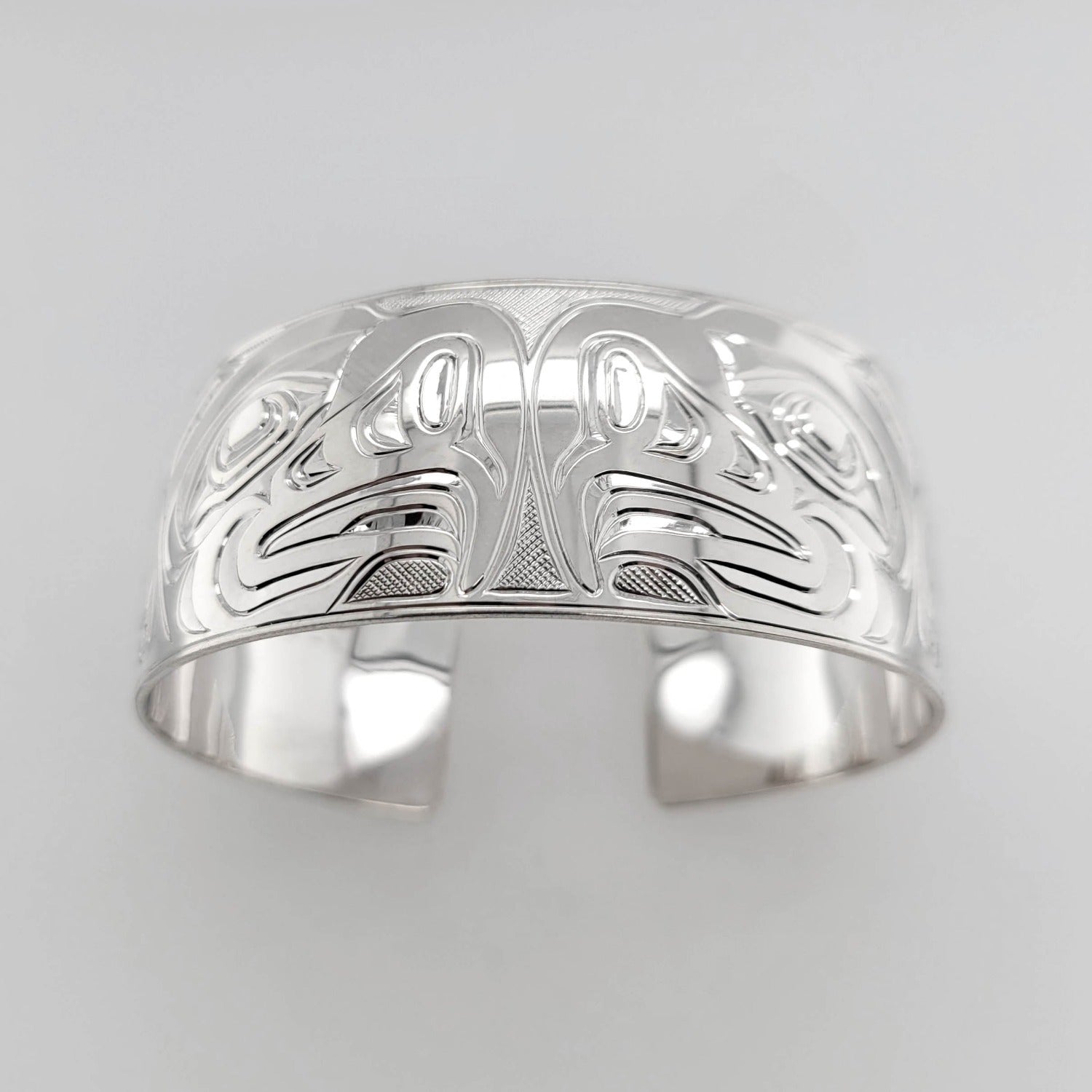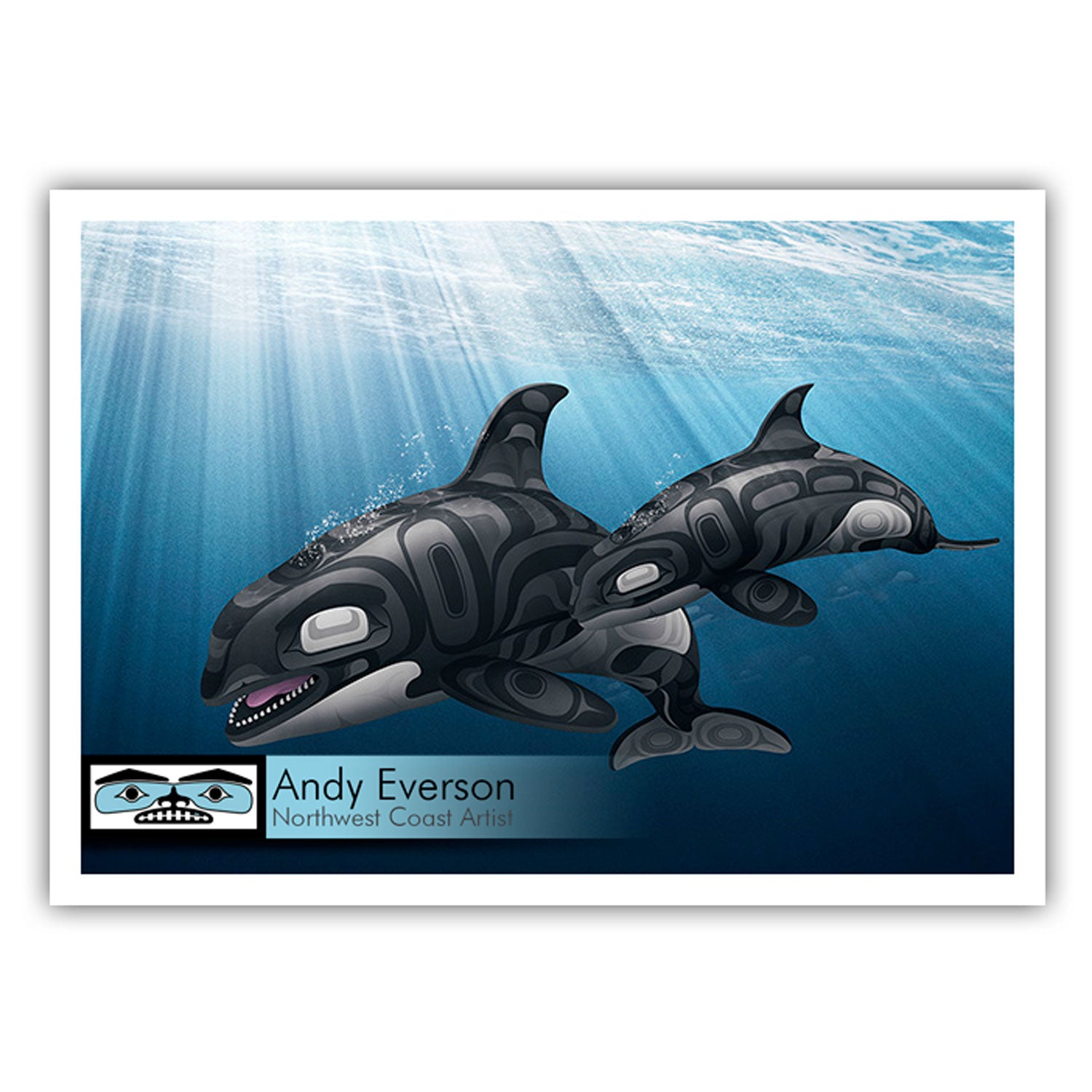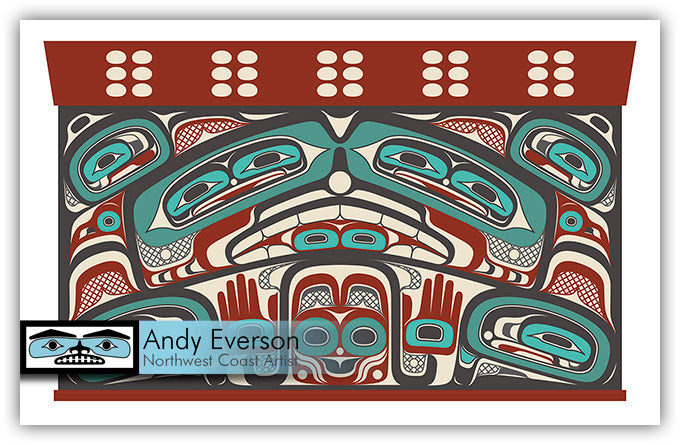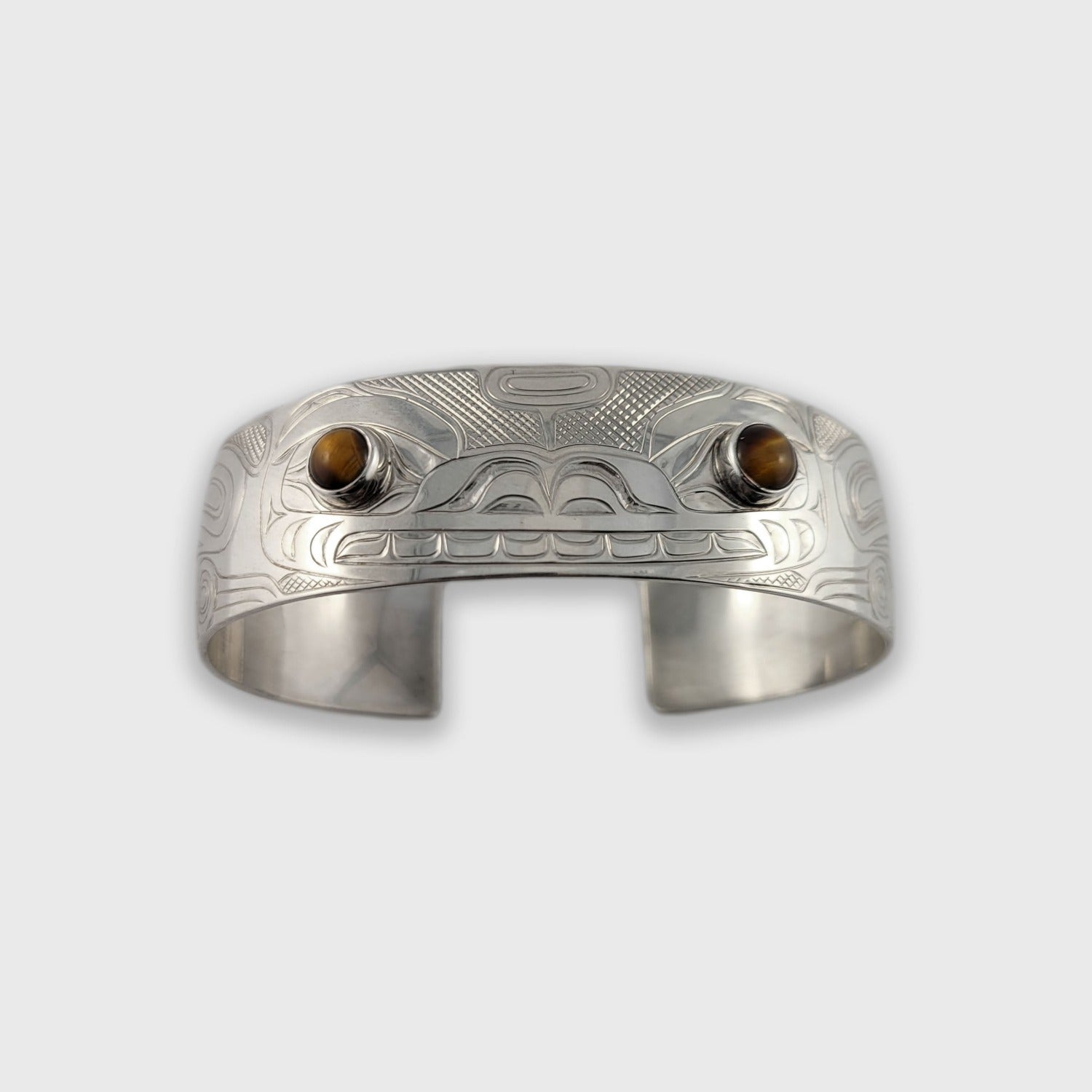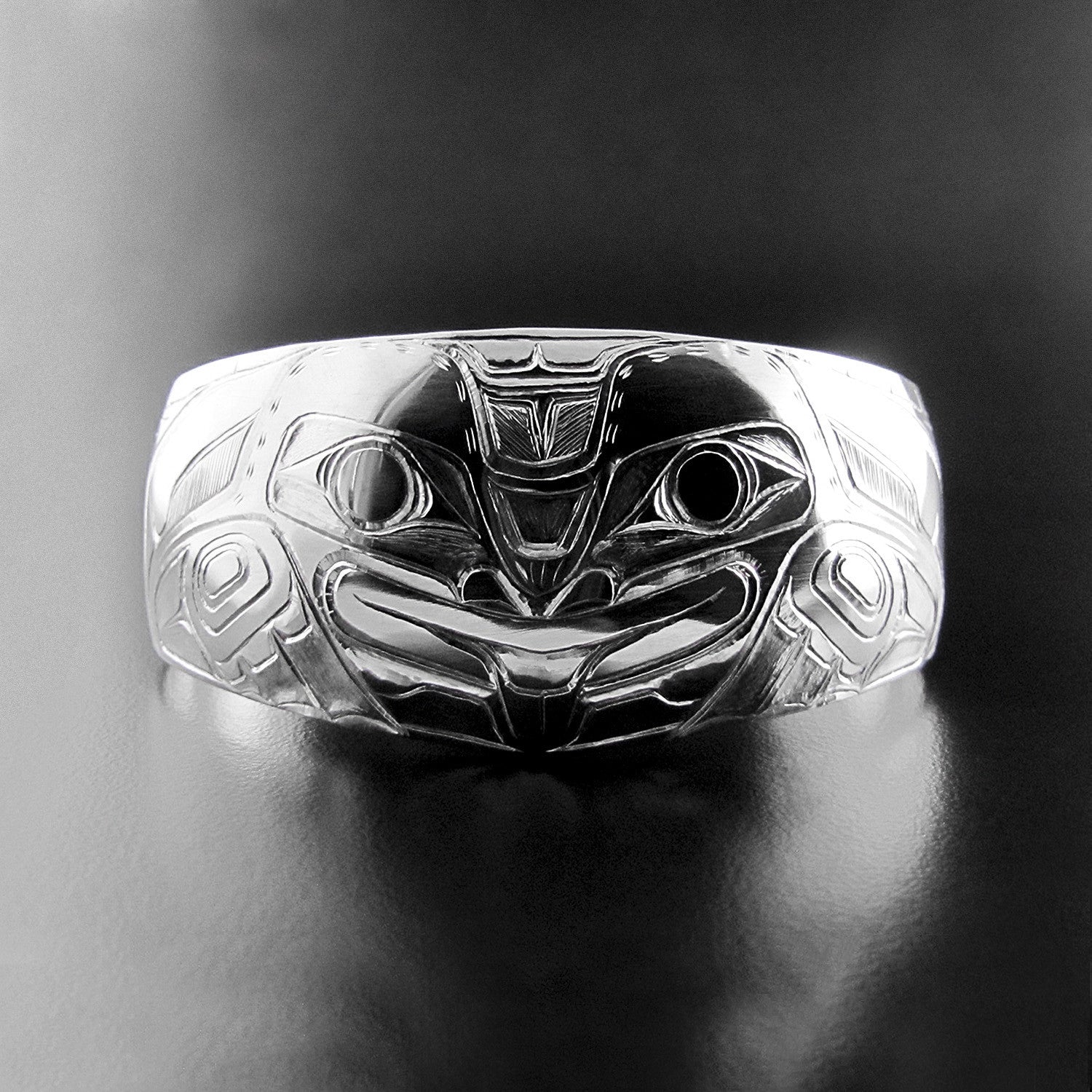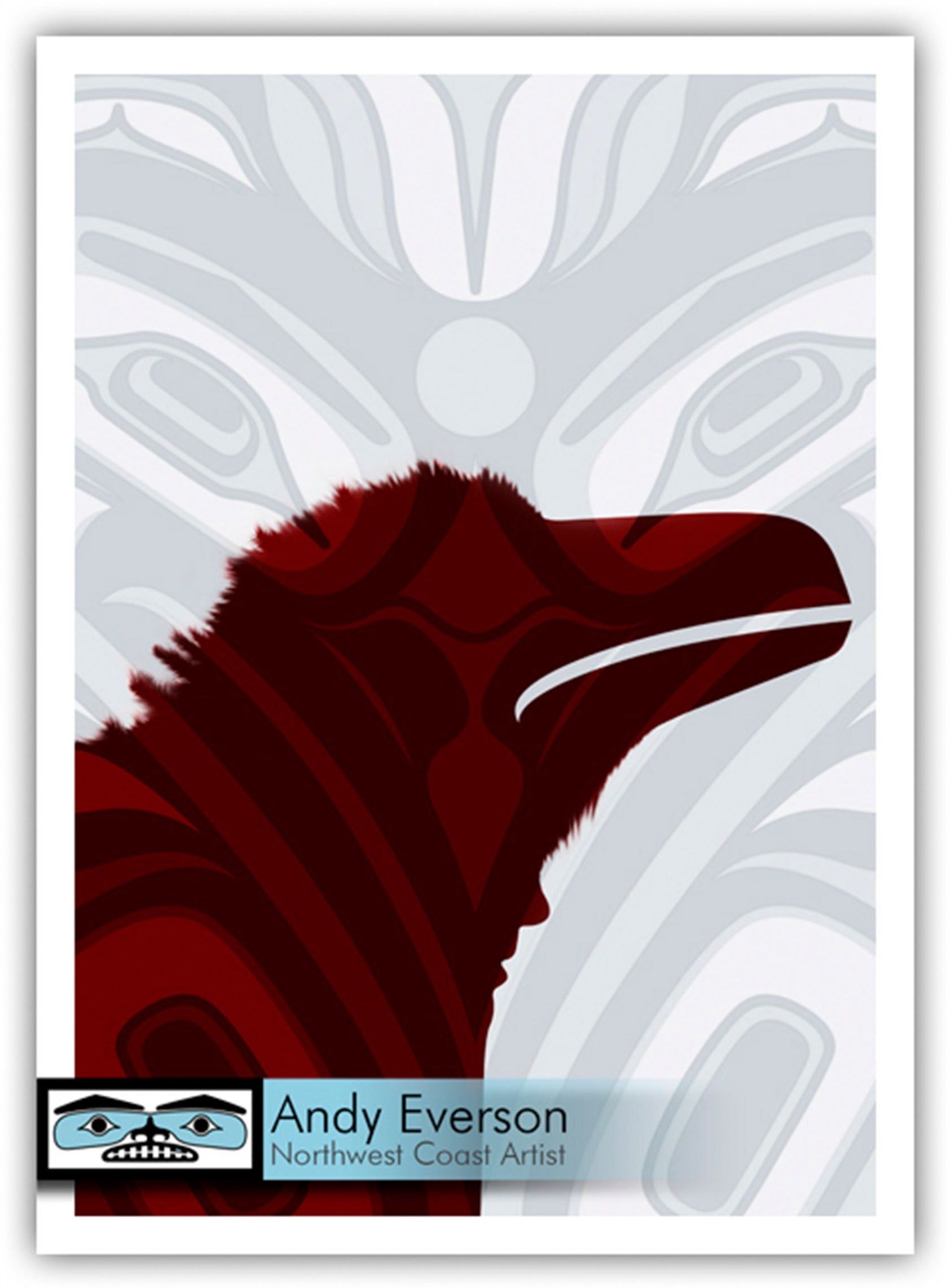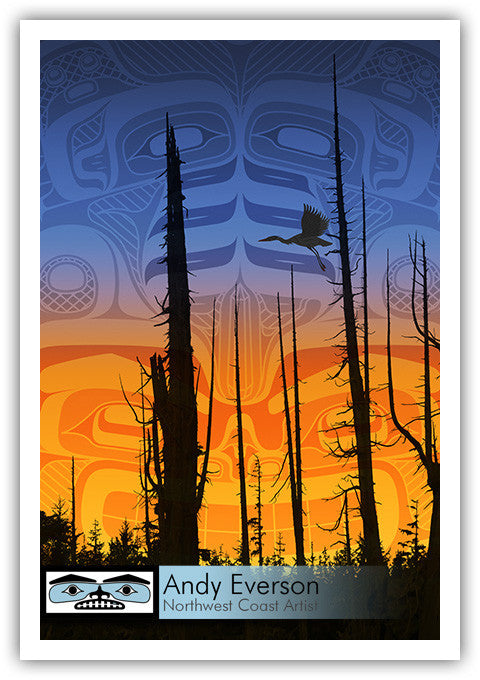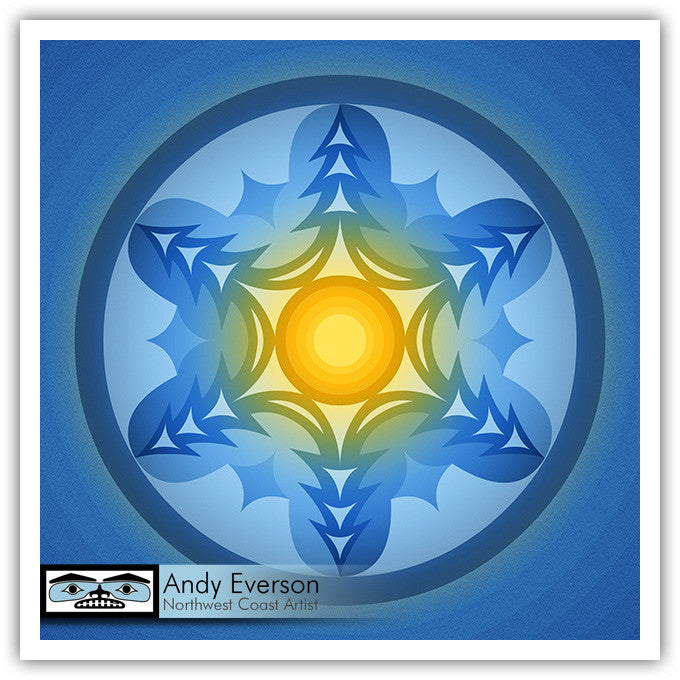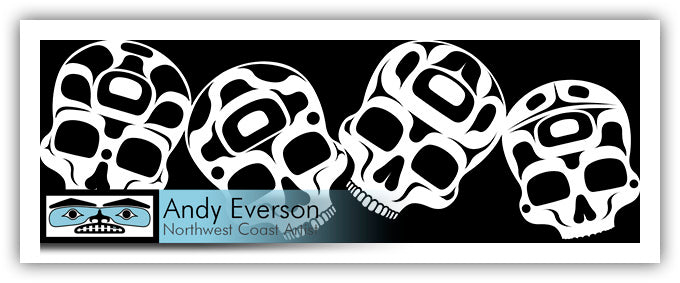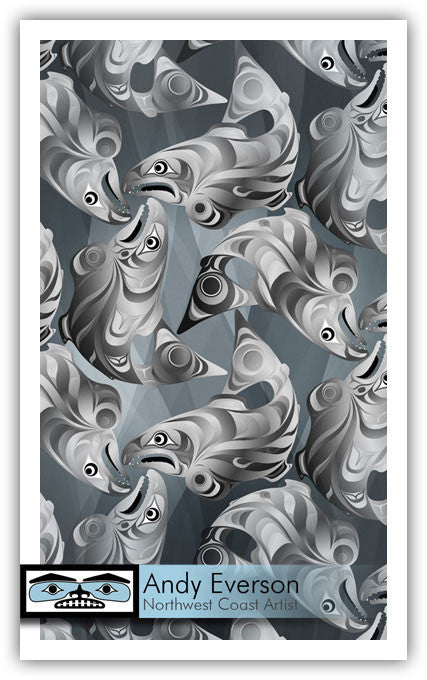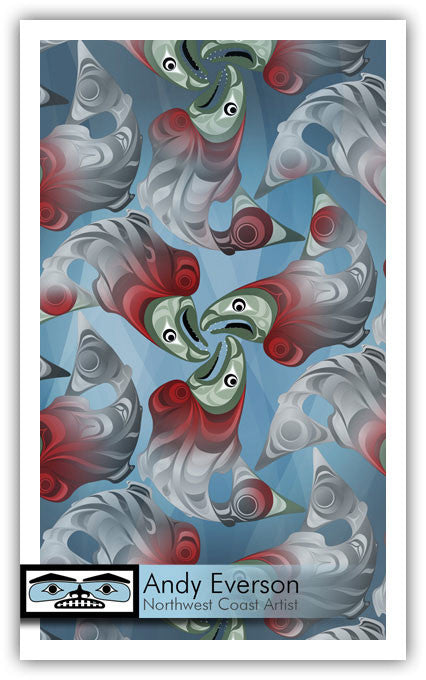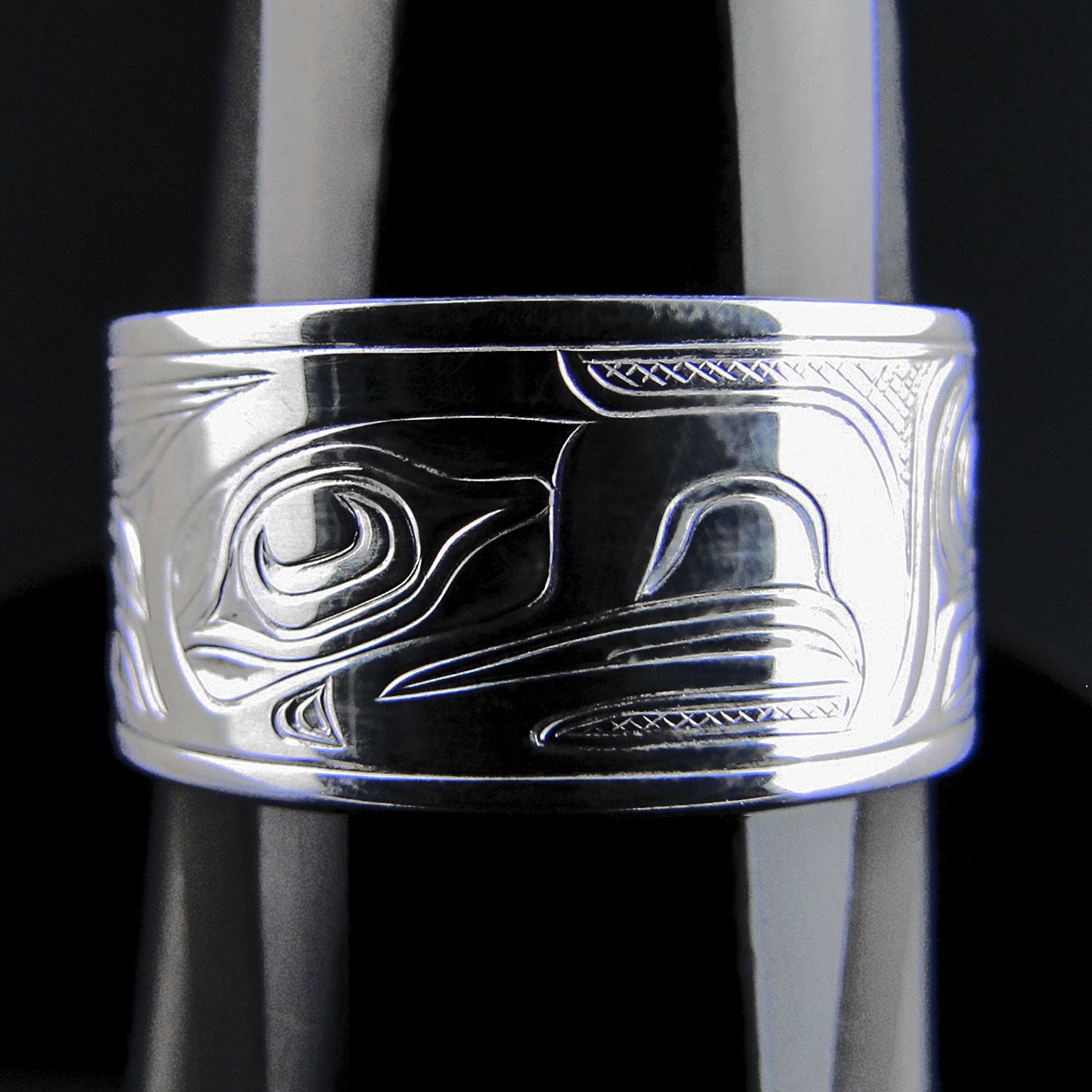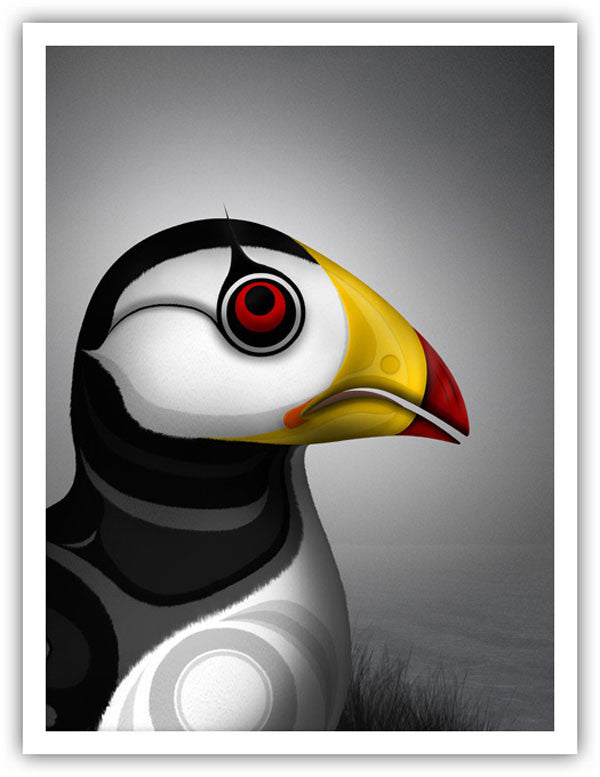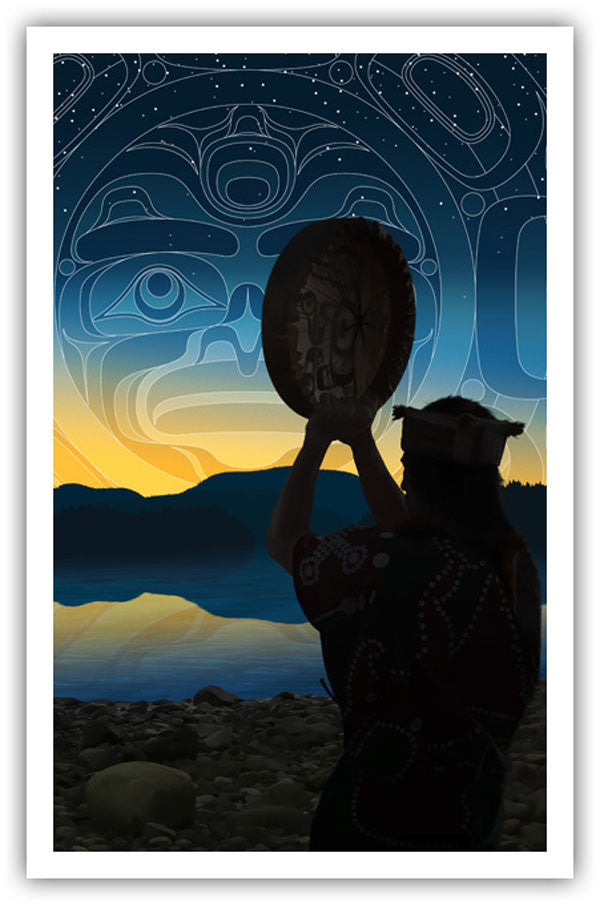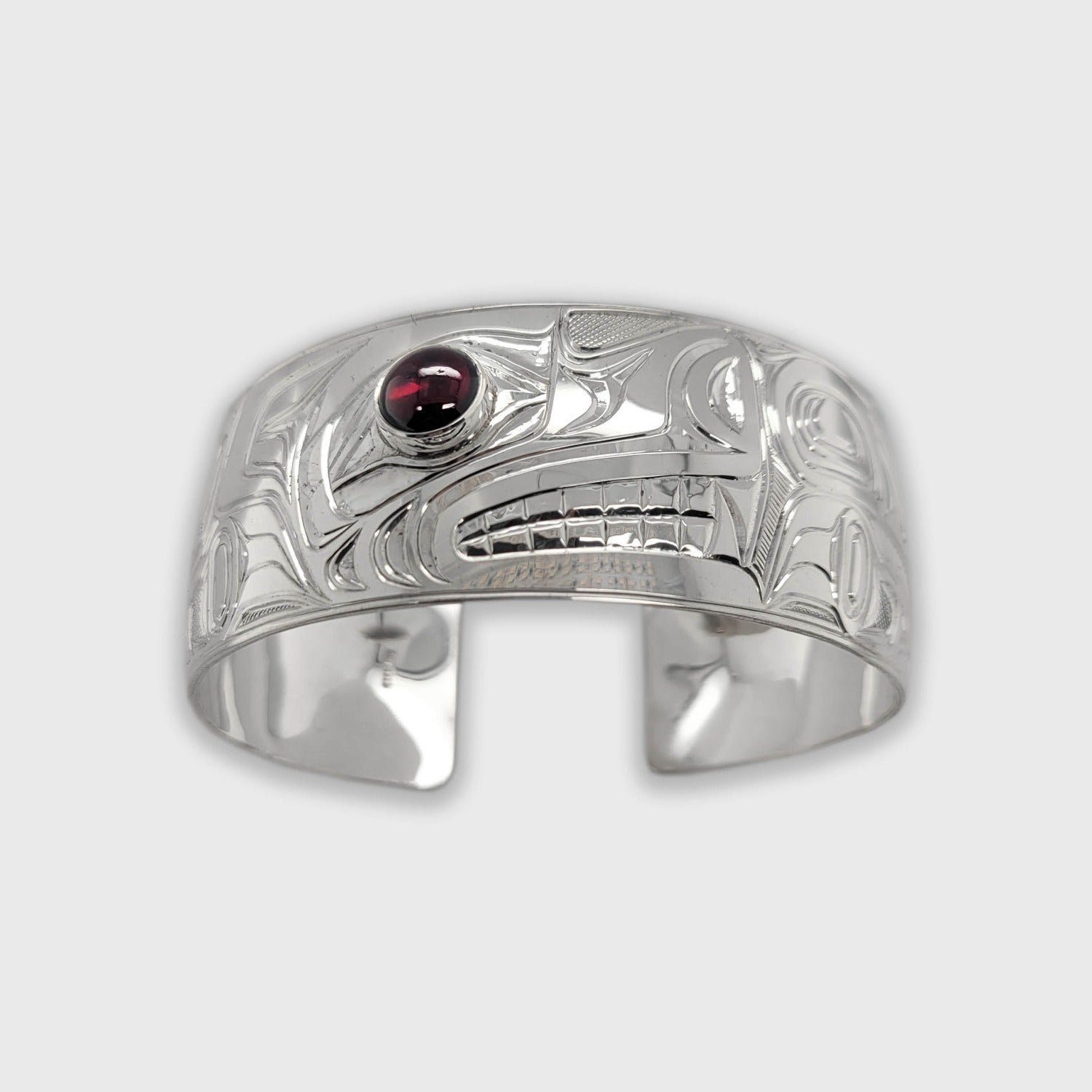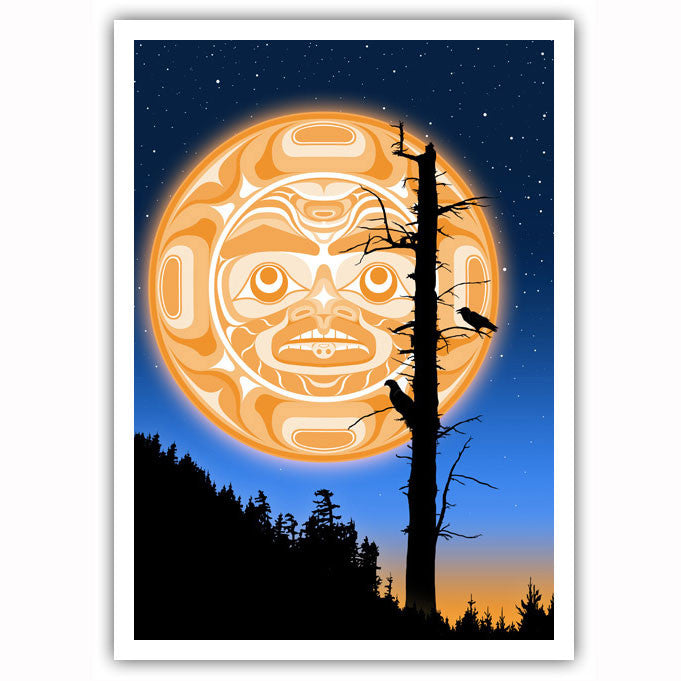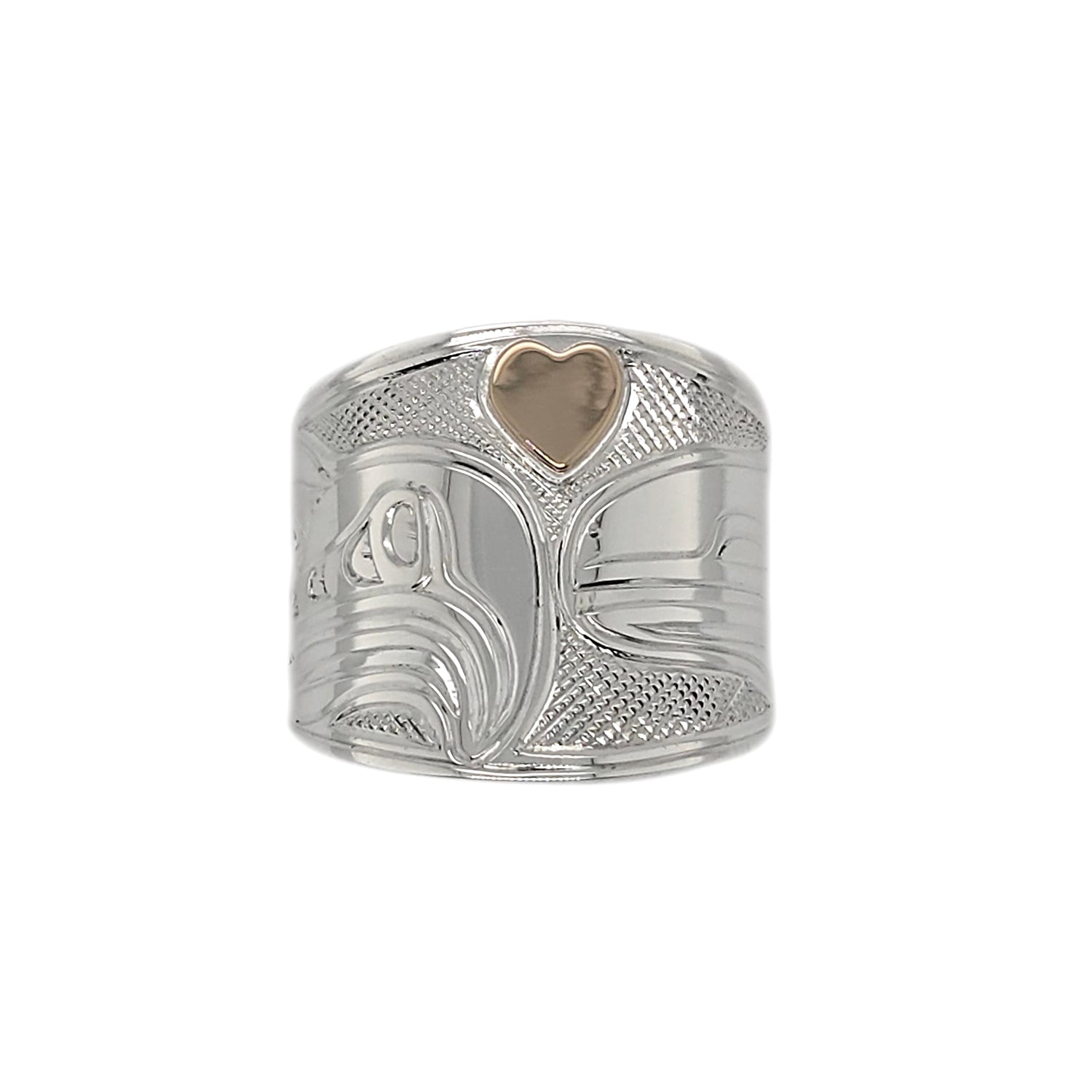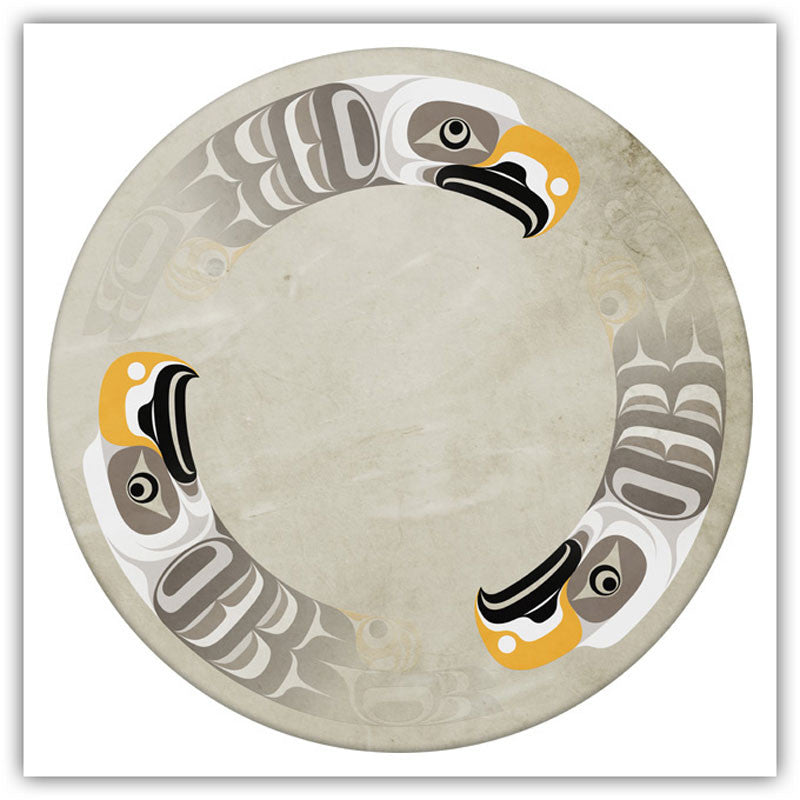Kwakwaka'wakw Art
The Kwakwa̱ka̱ʼwakw, formerly known as the Kwakiutl, peoples are the original inhabitants of northern Vancouver Island, the adjacent coastal mainland, and the smaller islands in between.
Artists of the Kwakwaka’wakw nation are among the most innovative on the Northwest Coast. Beginning by implementing the principles and framework of form line design traditional to North Coast styles, such as Haida, the Kwakwaka’wakw have taken a less confining, more individualistic approach towards form, colour, and expression. Their designs are considered theatrical and dramatic, deeply carved with many bold colours. In this way, the Kwakwaka’wakw art form is among the most distinctive art forms of the Northwest Coast.
World-renowned Haida artist Bill Reid has been quoted saying “The Kwakiutl were explosive. If there was a colour, they used it.” This is in contrast to the Haida art form, which traditionally uses a minimal colour palette.

Hand-carved Masks

Masks play a vital role in Kwakwaka’wakw art and culture, used ceremonially in dances and potlatching in order to portray the character conveyed by the dancer. There are a wide array of masks depicting animals, mythological beings, humans, and transformation figures. Such unique characters include the Bukwus (Wild Man of the Woods), Tsonokwa (Wild Woman of the Woods), Komokwa (Chief of the Undersea World), the Sun, the Moon, Hamatsa Birds (earthly representatives of a cannibal spirit), and complex dual beings (Transformation figured, often from a human to an animal, and back). Masks carved today may be used for potlatching, or specifically to be displayed as works of art.
Resurgence of Kwakwaka'wakw Art

In 1885, potlatching was made illegal by the Canadian Government. During this era there were some first nations peoples determined to preserve their cultural traditions and would create ceremonial objects and participate in potlatches in secret. When the potlatch ban ended in the 1950's there was a resurgence of Kwagiulth art largely attributed to distinguished Kwakwaka’wakw artists like Mungo Martin, Dan Cranmer, and Willie Seaweed. They carried the traditions of Kwakwaka’wakw culture and knowledge forward, inspiring a new generation of northwest coast artists. The result is an unbroken cultural legacy of carving, despite outside oppression, that flourishes today.
References
“Kwakwaka’wakw Art: A Northwest Coast Tradition.” Cedar Hill Long House, 2019, https://cedarhilllonghouse.ca/blogs/kwakwakawakw-art-a-northwest-coast-tradition/
Heagle, M. “Kwakwaka’wakw / Kwakiutl / Kwagiulth.” Stonington Gallery, https://stoningtongallery.com/tribe/kwakwakawakw-kwakiutl-kwagiulth/
Gilbert, Jim and Karin Clark, Learning By Design: Pacific Northwest Coast Native Indian Art, Vol. 1, Raven Publishing Inc., 2003.
Contributions
If you would like to send us comments or feedback about the information on this Kwakwaka’wakw Art page or add any further information or stories, please send us an email to info@spiritsofthewestcoast.com.






